-
Posts
2.053 -
Joined
-
Last visited
-
Days Won
50
Posts posted by Genava55
-
-
-
On 06/03/2023 at 1:13 PM, MardukAmmon said:
Hi! I am graduated in ancient history and I have suggestion for a dark age mod for 0 a.d.
First the ideal mod going do the mid VII bc till the end of VI bc.
for the forge I suggest the brit forge for phase I and spartan forge for the Phase III and the same for the barracks for the mounted units.
I don't want to create new assed but use the already created assets that are used in this game!
I can't do by my self, it is only a suggestion for depict an ancient moment of greek history
Civil centre, I used for the first phase the brit civil centre because during the iron age greek used wood houses and palace, but in the beginning of the VI they start to use stone and clay roof. So I chose brit civil centre in the phase I and spartan syssition in the III phase.
For the temple i used the same theory, I chose for the phase I the gaul civil centre because resamble the shape of the famous Argos's first temple made by woods, for the Phase III I chose the spartan temple because has the shape of archaic stone greek temple.
For the defense walls I chose for the phase I the brits wals and for the phase II the kushite, and fort the phase III I suggest the use of spartan defense walls and dors.
For the house I suggest for the phase I the brit house, Phase II iberian and Phase III spartan
For the noble heavy unit i suggest this units. The noble spears used corinthian helmet form champion spearmens spartan, illyrian helmet from spartan sword man, and helmet form middle level spartan hoplite. For the shield they use spartan champion shield, champion swordman shield and macedon champion shield, I think that shield of the lambda (middle level spartan) is anachronistic for archaic greece .
For the leavy spearman i suggest the spartan javellin skin with iphicrates pelt shield
For the Chivalry I suggest for skirmish unit the spartan javellin on a horse, and for mele I suggest noble spears on a horseback like founded on Archaic bronze noble statues
-
-
1 hour ago, Stan` said:
Yep. It could be used as inspiration. Although those references are mostly from the Dacian period.
By the way, I was a bit harsh by saying this is ugly. I find the models too generic and too blend. It is unmemorable and unremarkable, it doesn't make a visual impact. But the models by themselves aren't bad.
-
 2
2
-
-
On 31/08/2017 at 12:21 AM, Sundiata said:
This guy actually used 0AD music, as the soundtrack for his airial shots of the ruins of Kabyle, one of Thrace's most important cities. Although I don't know what time-period these ruins date from.
I missed this video. Thanks.
-
 1
1
-
-
@wowgetoffyourcellphone an idea I have for the Royal Tomb, whenever the Thracian player loses a hero in battle they can build a royal tomb. The building would provide a significant bonus.
-
 2
2
-
-
On 02/03/2023 at 5:10 PM, wowgetoffyourcellphone said:
How much does this look like how it originally did?
I added the tumuli complex from Starosel, with more illustrations.
Btw, I mentionned previously the connection with Macedonian tombs which are interesting references we can get inspiration from.
On 02/03/2023 at 10:57 AM, Genava55 said:Kozi Gramadi, residence of a Thracian prince, 5th-4th century BC, next to a sanctuary of the 8th-4th century BC and with a temple dedicated to Zeus and Hera added in the 4th century BC:
By the way guys, I have a great news for you, there is an evidence for wooden columns in Kozi Gramadi.
@Duileoga see my message above with the compilation from Kozi Gramadi
I don't think it would work for a temple entire in wood but at least it can help to mix stones and wood.
It is still important to have mostly visual based on stones. Maybe something like those for the houses?
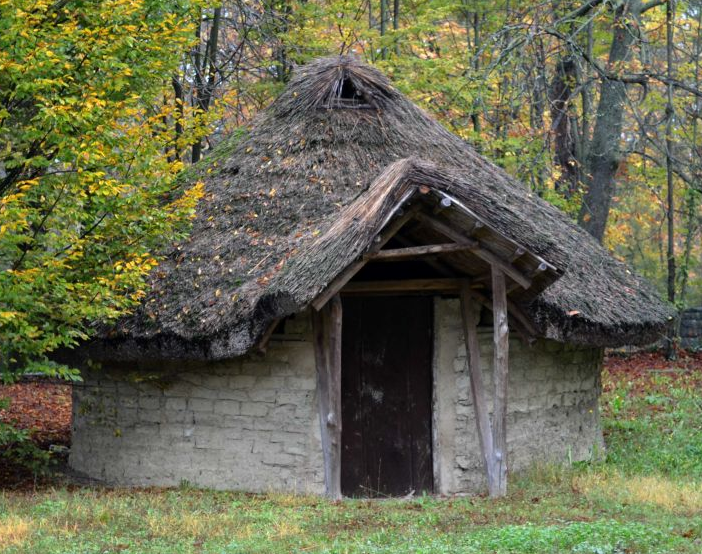
-
 1
1
-
-
By the way, this is the Thracian Tomb at Pomorie:
http://www.daytripsbulgaria.com/excursion/218/Pomorie--The-Thracian-Tomb
-----‐--------
I believe you have enough evidences for Hellenistic influence with the compilation above, from my previous message. Those 5 sites have different context and situation.
I think that Civic Center, fortress, barracks, temple and wonder should be inspired by those Hellenistic influenced buildings.
Edit:
Some Hellenic building currently:
Spoiler -
16 hours ago, Lion.Kanzen said:
@Genava55 I am going to need help with the sacred places as centers of devotion.
I can't help sorry. No time for this. I am pretty sure you can get your info here:
http://libgen.rs/covers/2691000/14430beb2a3d3fe762df67c5fe6dc702-g.jpg
-
 1
1
-
-
Helis/Sboryanovo, capital of the Getae and Hellenistic inspired city:
Seuthopolis, Odrysian capital during Seuthes III:
Spoiler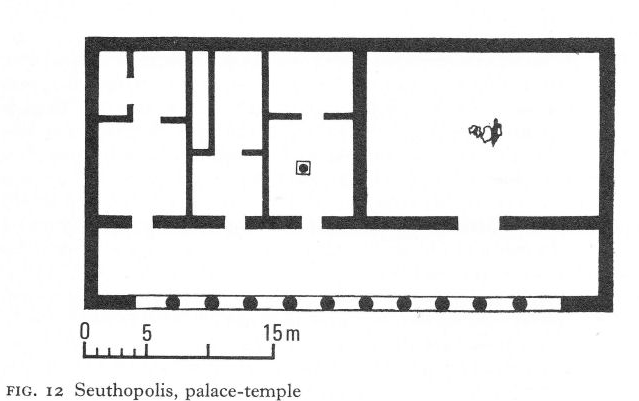
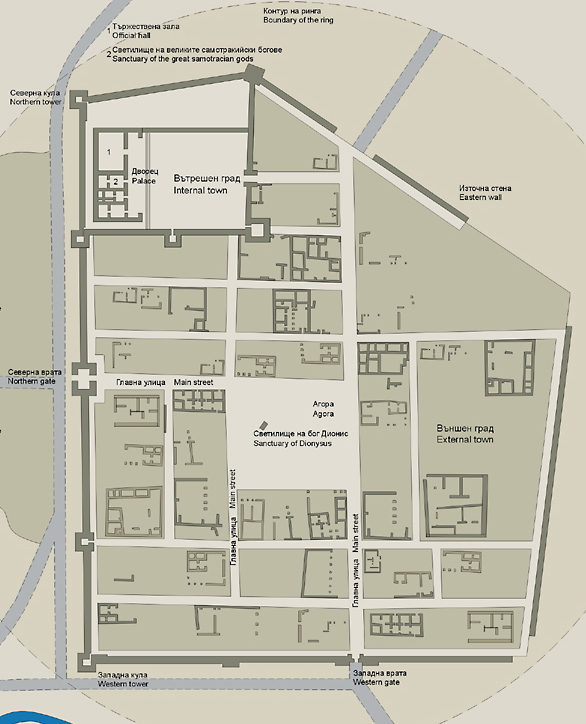
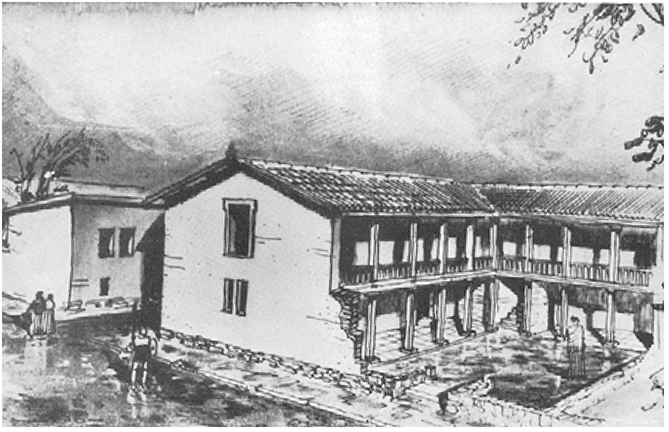
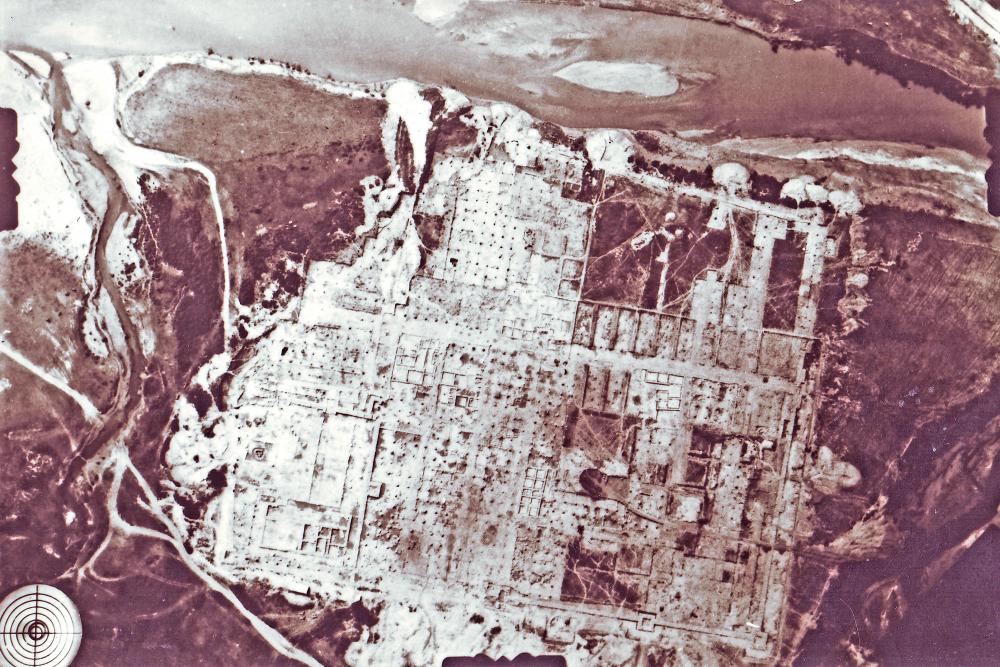
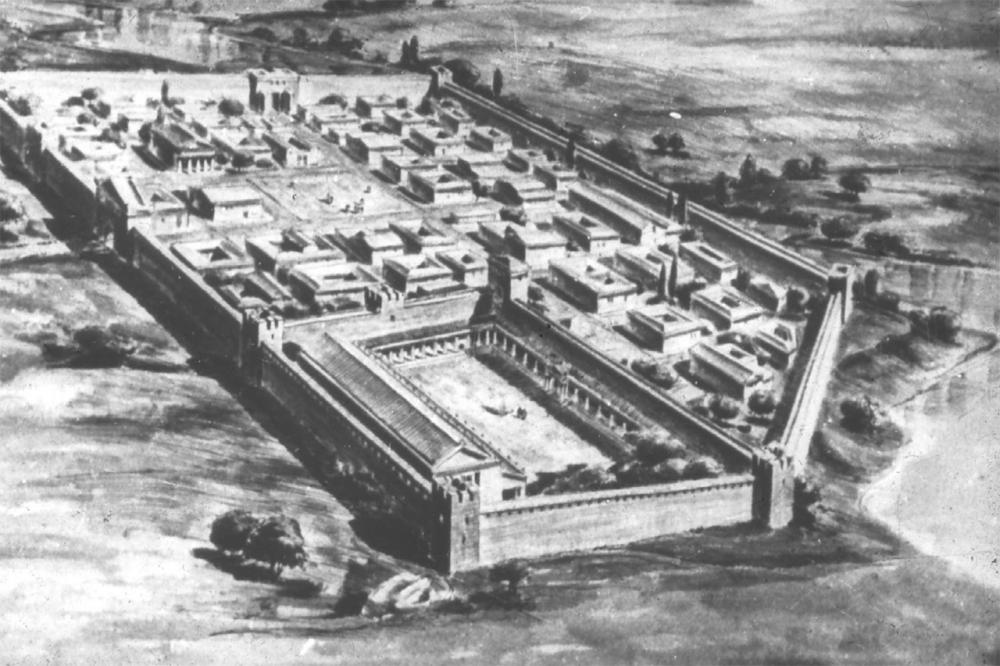
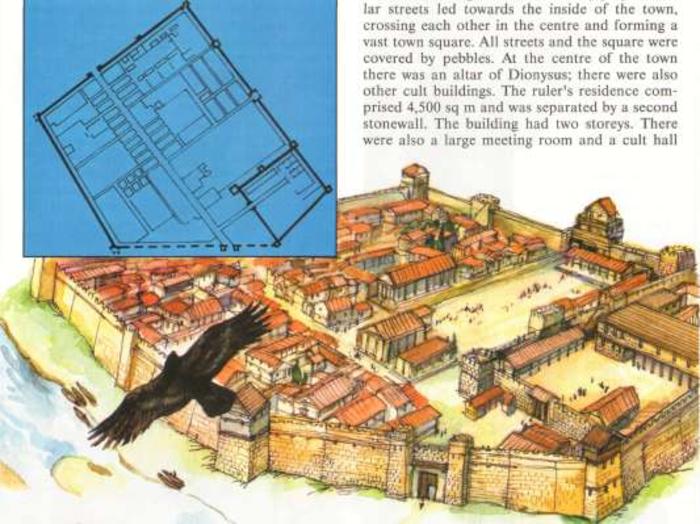
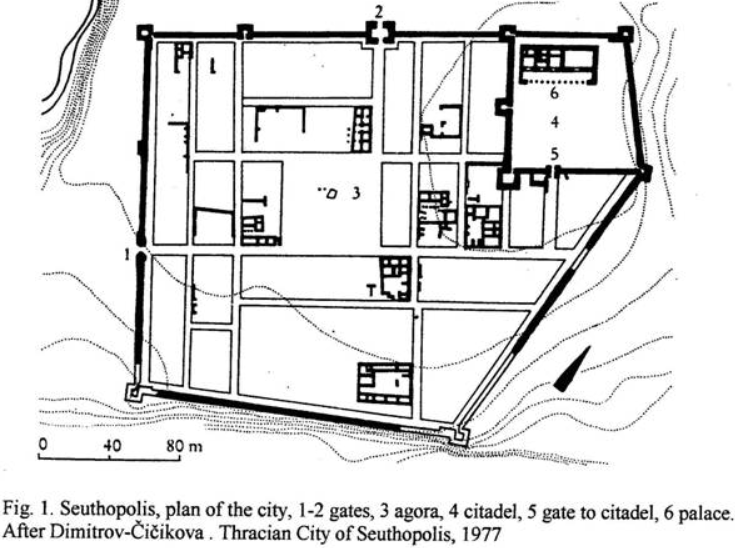
Pistiros, an emporion where lived both Greeks and Thracians:
Kozi Gramadi, residence of a Thracian prince, 5th-4th century BC. Next to it, there is a sanctuary of the 8th-4th century BC and with a temple dedicated to Zeus and Hera added in the 4th century BC. The sanctuary was built in wood and in masonry, with a foundation made out of stones, and it was active between the 8th to the 6th century BC. Then when the Thracian prince built his residence, the sanctuary was rebuilt, probably in stones. It is unclear how the building was reconstructed and if it retains some elements of the original. Later, probably with the Macedonian influence, a temple dedicated to Zeus and Hera was built.
The Thracian Temple Complex at Starosel, with multiple tumuli, nearby Kozi Gramadi.
-
 1
1
-
-
In my opinion, a building that is a must-have is one of those royal tombs.
Let's imagine we will have one of those tombs:
Spoiler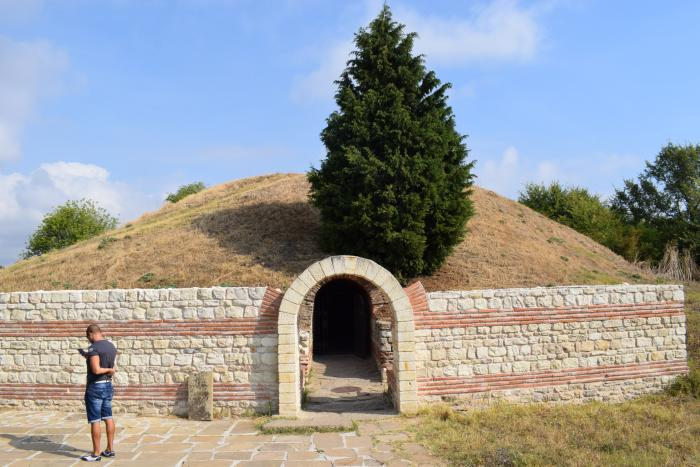

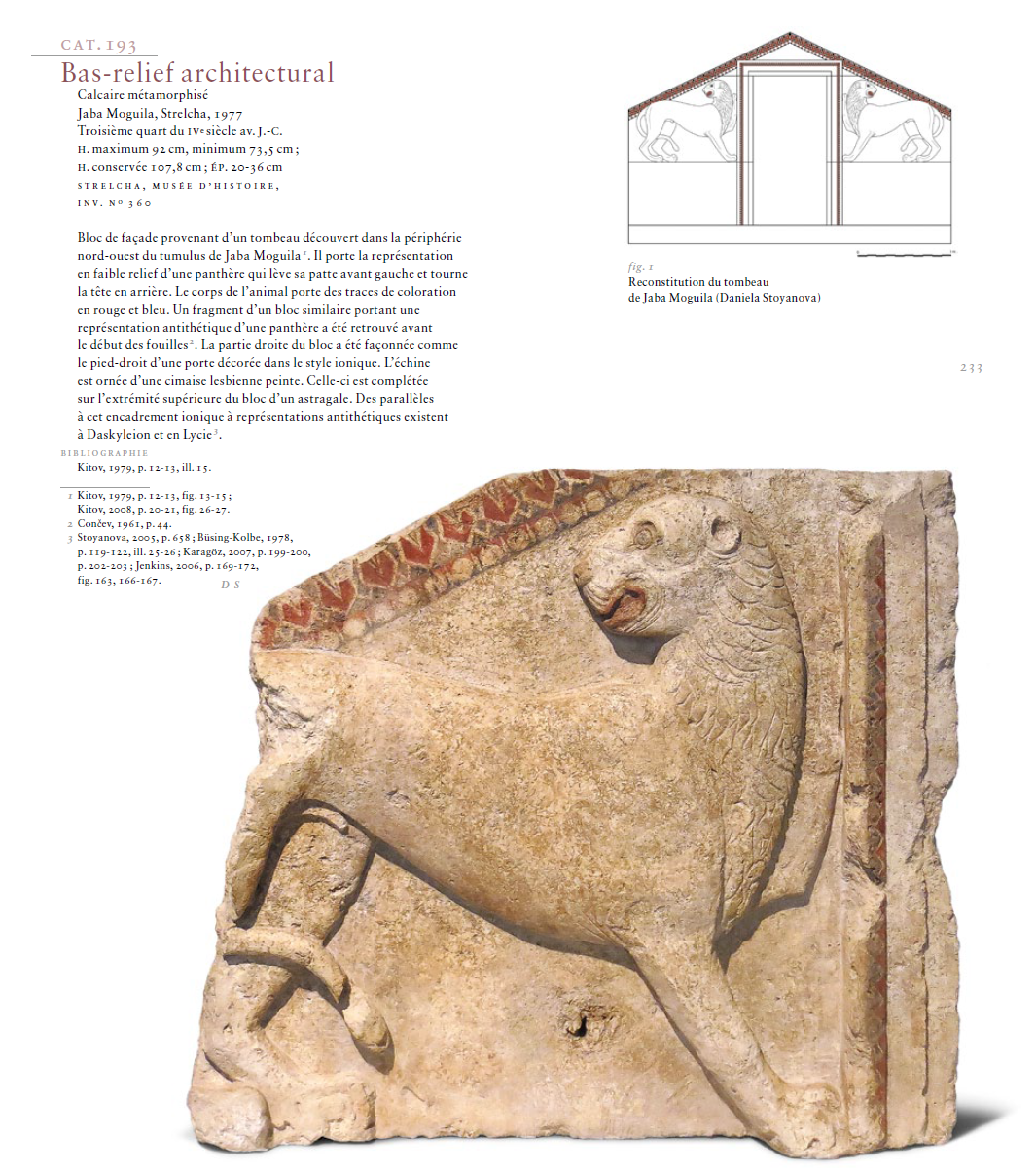
What kind of design for the other buildings could work with?
----------------------
Now, do we want something inspired from the sanctuary of Tatul?
Spoiler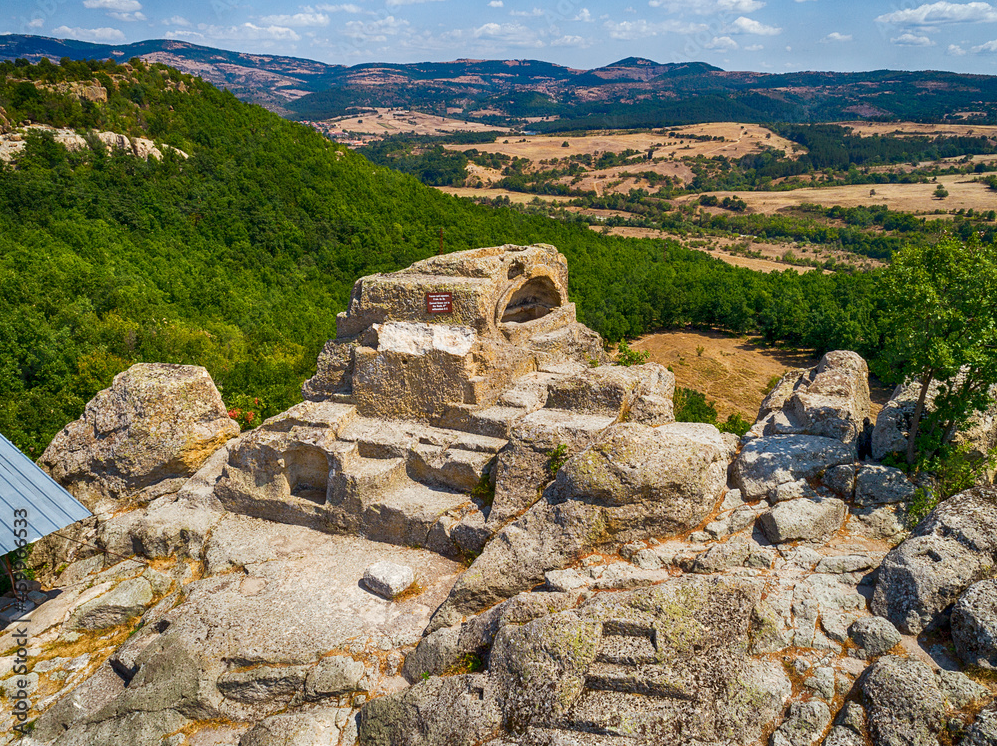
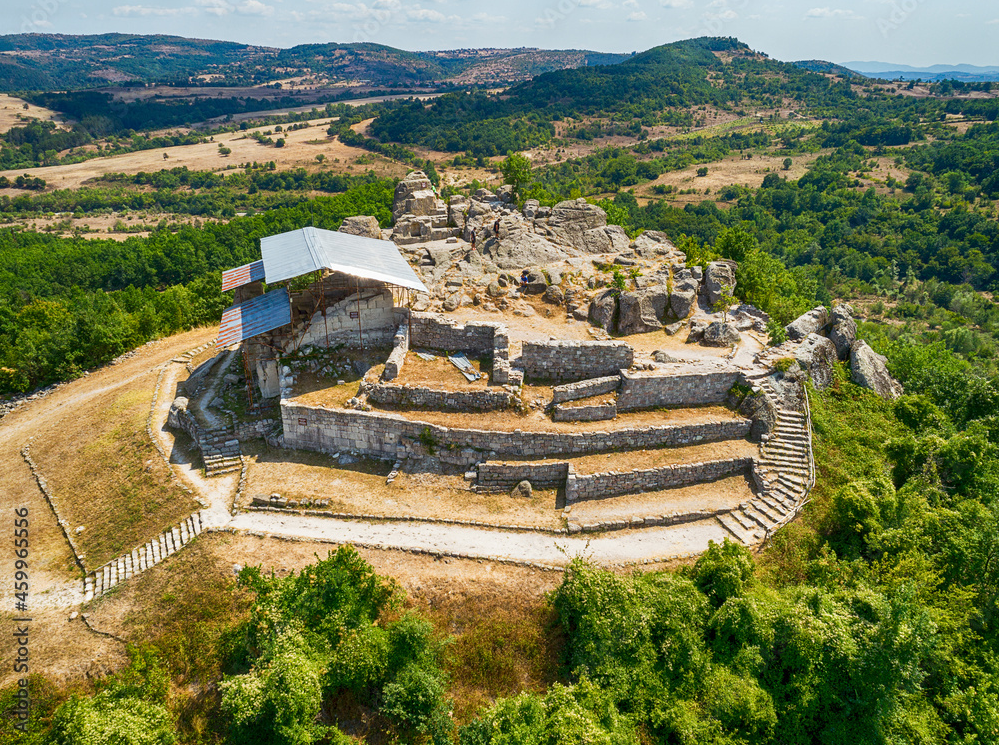
If yes, same question than for the royal tomb: what kind of design for the other buildings could work with?
-
 1
1
-
-
8 minutes ago, wowgetoffyourcellphone said:
Oh my
You don't like it but it is necessary. People from ancient times, both Greeks and Persians viewed Persepolis as a city. And from a modern perspective, it is indeed a city. I know people confuse this a lot, but a city isn't just about population size.
-
 1
1
-
-
12 minutes ago, wowgetoffyourcellphone said:
Suethopolis seemed more akin to an administrative center such as Persepolis than an actual city or town. Fair?
Seuthopolis was city because it matches the definition of a city. In the same way, Persepolis was a city.
In the case of Seuthopolis, it seems Seuthes III really lived there.
But indeed, like Persepolis, Seuthopolis acted like the seat of the power. Probably that the closest clients and parents of Seuthes III lived in Seuthopolis or around the city.
-
 1
1
-
-
3 hours ago, Lion.Kanzen said:
What would be the noticeable difference?
The accuracy.
The issues are not the houses, the farms and other rural buildings of the Thracians. Even among Greeks there were houses made from wattle-and-daub or wood. There are always good options of simple buildings among any civilizations. So in the end, there were some "barbaric" Thracian houses and some Hellenistic Thracian houses. Both kinds existed.
The issue however are the temples and the fortresses. I understand that you want wooden temples, but do you have any evidences of wooden temples among Thracians? Currently, the evidences are about Hellenistic inspired temples made out of stones.
You want to do a proper and fair depiction of the Thracians? Then stick to the evidences. Currently all our factions have notable buildings based on known evidences. If you know about the Achaemenid empire, then by playing the Persians in 0AD you can easily recognize a few buildings. If you know about the Roman period, then by playing the Romans, you will recognize a few buildings quickly. etc. etc.
A fair depiction of the Thracians should be based on real evidences. Someone knowing the history of the Thracians should be able to recognize some buildings by playing the Thracians.
-
 1
1
-
-
10 minutes ago, Ultimate Aurelian said:
Those sound like Celtic names.
Do you think it's possible they spoke a Celtic language?
If they are coming from Jutland, no. Probably not. What is uncertain is who were the kings. The Cimbri were the first to migrate, but other peoples followed them too. In a coalition, it is common at this time to elect a chieftain as the leader of the group. For example, Vercingetorix was the leader of a coalition during the Gallic Wars. It doesn't mean he was a proper monarch, ruling above everyone. It means that for the time of the coalition, he had the leadership and the authority. We don't know who were the kings mentioned for the Cimbri. Maybe they were from a different people being a part of their coalition. Furthermore, the names sound Celtic because the Romans transcripted them in Latin. So they sound Celtic because we are used to see the same structure in Celtic names transcripted in Latin. This is the case with numerous names from Germanic leaders. Ariovistus for example.
If the assumption is to depict the Cimbri with Germanic material, then we should consider them Germanic.
-
 1
1
-
-
1 hour ago, Lion.Kanzen said:
I want to get as close as possible to the architectural tradition of the place.
Architectural tradition of the Thracians yes, that's a good idea.
Architectural tradition of the Bulgarians, no thanks.
-
 1
1
-
-
7 minutes ago, Lion.Kanzen said:
This,but they did not have the basic buildings, the texts say that only the palaces and civic buildings.
Seuthopolis is not occupied by regular households, but it had houses:

"Seuthopolis was strongly fortified. It included a basileia, erected as an essential part of the general Hippodamos city-planning, an agora, some 50 luxury houses, large streets and a temple of the Great Gods of Samothrace incorporated in the basileia. A temple of Dionysos with altar nearby found place by the agora. Of particular interest is the decision a second copy of the royal decree to be exposed by the altar of Dionysos on the agora thus stressing the importance of the city square as second center of social and political life after the King’s palace and suggesting some economic aspects of the worship of Dionysos as „agoreian” deity’as well. The suburbs north of the city were occupied by tiled farmhouses „ of economic and social importance”. The similarities between Seuthopolis and the Greek Hellenistic poleis are evident although the Greek city planning was adapted to the needs of an aristocratic rather than a democratic society. Anyway, in some extend a Greek type of economy and especially trade activities would be not surprising in similar urban background."
- Trade and Monetary Economy in the Early Hellenistic City of Seuthopolis in Thrace. By Kamen Dimitrov
Sboryanovo had also dwellings:
"The fortified area had been densely occupied by dwellings, workshops, and other buildings."
- THE GETIC CAPITAL AT SBORYANOVO (NORTH-EASTERN BULGARIA). By Totko Stoyanov
The dwellings inside the fortifications were quite similar to those of Greeks, using plastered walls:
"In the eastern half of the building were unearthed the foundations of a large domestic oven (Fig. І. 3. 39, 43) belonging to a type, characteristic for the city. In some of the dwellings discovered in the central excavation, the oven is in the same room, where the eschara is located, in others it can be even outside of the building. It is possible the building, due to its considerable dimensions, to have had two rooms. The walls are heavily deformed by the earthquake, and across the clay floor have fallen bits of wall plaster and the ceiling, rammed into the ground to various degrees by the wall stones, and mixed with fragments of vessels, which probably were not only left on the floor of the room but also on shelves (cupboards?) on the walls."
- THE THRACIAN CITY. CITY PLANNING FORTIFICATION SYSTEM ARCHITECTURE. Sboryanovo. VOLUME III, 2015.
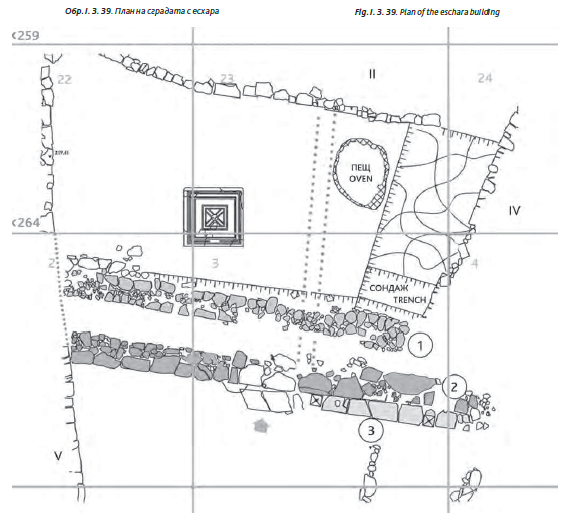
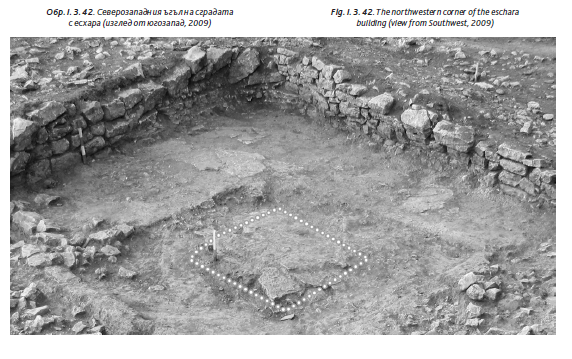
-
 1
1
-
-
2 hours ago, Ultimate Aurelian said:
Based on the Gundestrup Cauldron, maybe not the best choice since it was imported from somewhere else.
https://www.worldhistory.org/Cernunnos/
2 hours ago, Ultimate Aurelian said:Cover from a book that will come out in August:
Johnny Shumate

-
 1
1
-
-
30 minutes ago, Lion.Kanzen said:
Rural architecture from Bulgaria
Something is bothering me with this method. Both Bulgaria and Romania speak a different language, unrelated to the Dacians and Thracians. I don't see why they should have conserved the architecture of their distant and unrelated ancestors. This is like using rural architecture of England and France for the Britons and Gauls.
-
 1
1
-
-
6 hours ago, Lion.Kanzen said:
What kind of Celts lived to the east?
The Gauls is associated to the culture of La Tène which extent to the Carpathian mountains. In Transylvania, the Celts were established up to 200/180 BC according to the archaeological records. It was probably people from the Taurisci confederacy. There are also the Anartes and Cotini in modern day Slovakia. In modern day Serbia, the Scordisci were the main people established there. In Thrace, the kingdom of Tylis emerged with the invasion of the Galatians and disappear around 200 BC due to the wars with Thracians. Finally there are the Bastarnae and the Britolagi mentioned in Romania and Moldavia. The Britolagi are probably a Celtic people who migrated in Northern Romania. The Bastarnae are probably a Germanic people who migrated from Poland to Moldavia.
What is represented on the illustrations of Radu Oltean are not proper Celts. After 180 BC, there are some interesting warrior burials emerging in the region of the iron gates (north-eastern Bulgaria) and in Transylvania. Those burials are mixing elements from Thracian tradition and from Celtic tradition. Notably the weapons are exclusively Celtic. This people is not very understood. They are known exclusively from those warrior burials. There are several theories about them, either they represent the Minor Scordisci, a branch of the Scordisci mentioned in late sources, the Triballi, or the Dacians. The Romanian historians generally think those people are the birth of the Dacian aristocracy. Radu Oltean represented them as such.
38 minutes ago, Lion.Kanzen said:Thracian culture is somewhat removed from the Greek, but not quite.
@wowgetoffyourcellphone would like to have both the Dacians and the Thracians. So I think it would be best to distinguish evidences from the Dacian period from those related to the Thracian period.
I have put evidences from archaeological sites with proper description.
Seuthopolis, Sboryanovo, Sinemorets, Pistiros and Kozi Gramadi should be enough. Did you investigate those?
-
 1
1
-
-
5 minutes ago, Lion.Kanzen said:
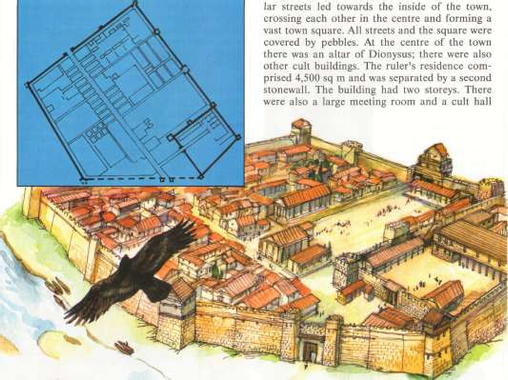
already there:
ps: To avoid the display bug, first open the hidden section, then expand
-
 1
1
-
-
22 minutes ago, wowgetoffyourcellphone said:
I really like the frescoes, but I'm not sure if we have food examples of Thracian artwork @Genava55 which cam serve that purpose (wall decoration). Beyond the frescoes, I like the other elements too.
One of such has been found in Mesembria which is a Greek city on the Thracian coast:

-
19 minutes ago, wowgetoffyourcellphone said:
I really like the frescoes, but I'm not sure if we have food examples of Thracian artwork @Genava55 which cam serve that purpose (wall decoration). Beyond the frescoes, I like the other elements too.
Finding a preserved wall is extremely rare but such frescoes exist inside the Thracian tombs:
Helvetia tomb, near Shipka in Bulgaria and Maglizh tomb in Stara Zagora, Bulgaria
Thracian tomb of Kazanlak

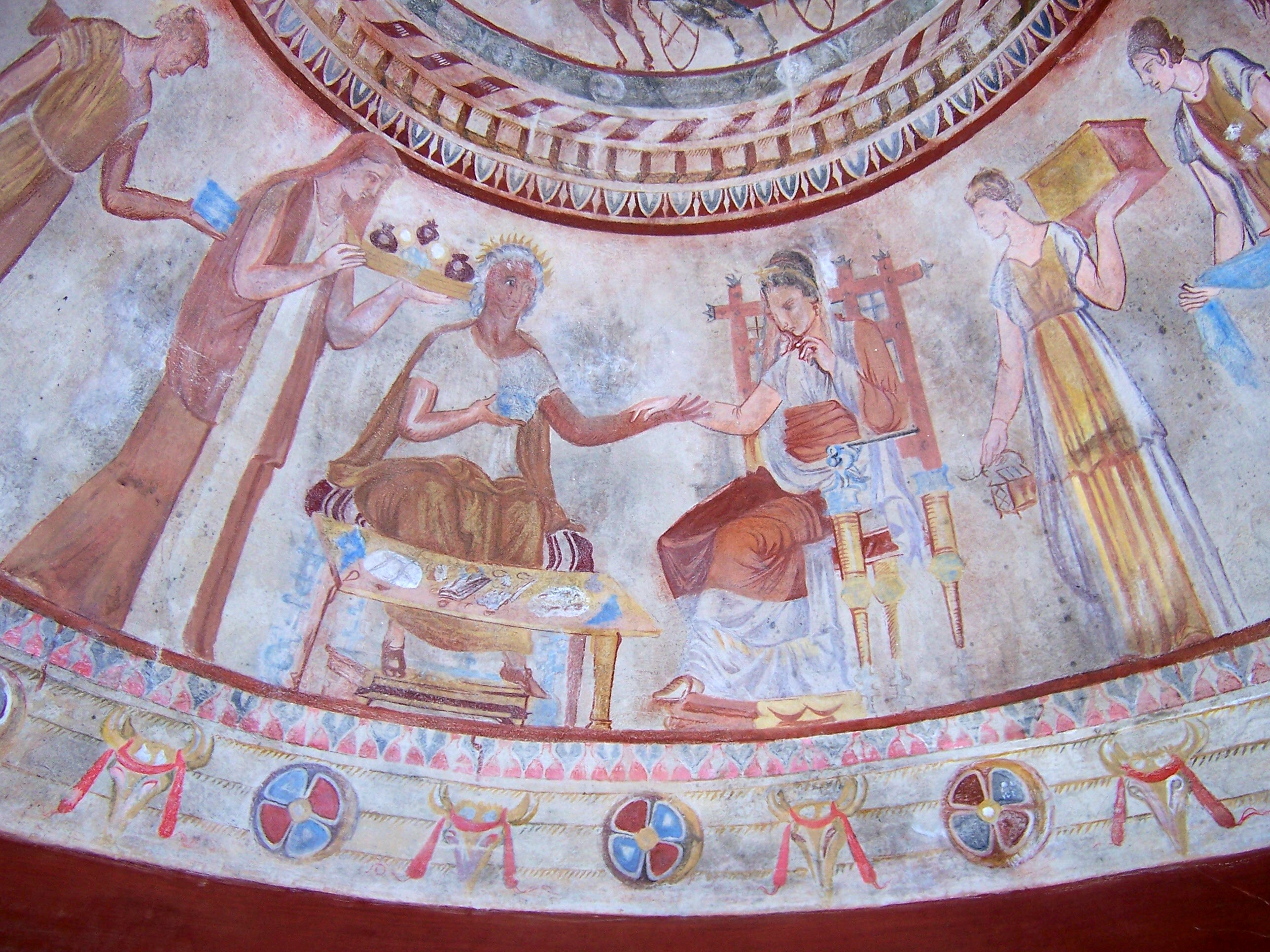
Thracian tomb of Aleksandrovo

Svesthari tomb

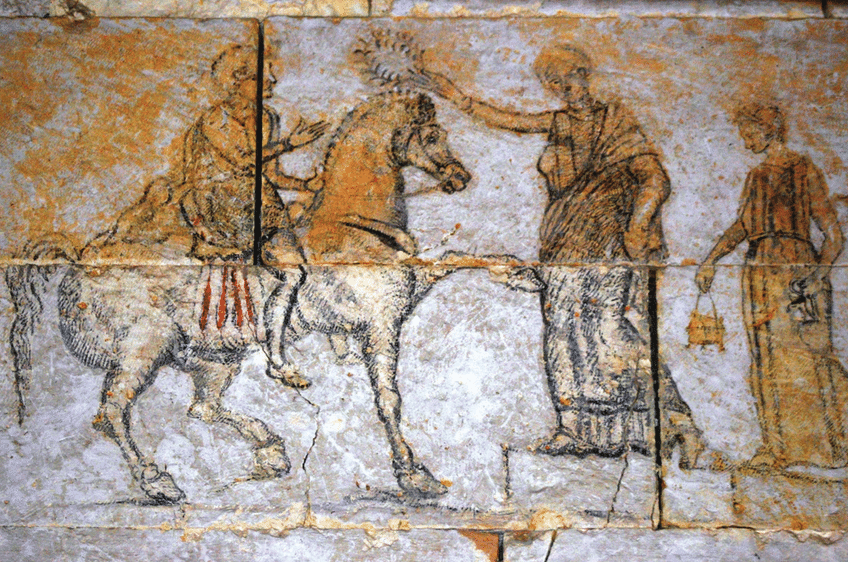
General
-
 1
1
-
-
Possible wonder?
On 08/06/2021 at 6:39 AM, Genava55 said:The sanctuary of Tatul:


https://www.tourism.government.bg/en/tourist-destinations/2801/5546
-
 1
1
-


.thumb.jpg.b21ca1d0c15fb56b42c39b25a0a40815.jpg)
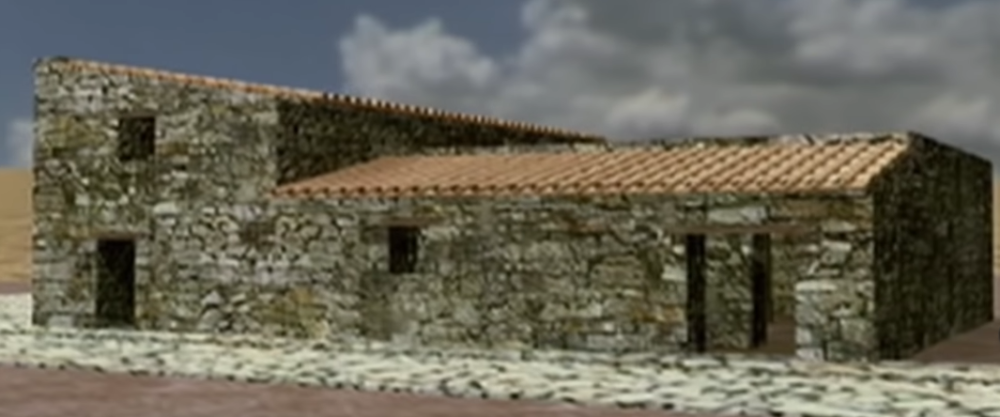
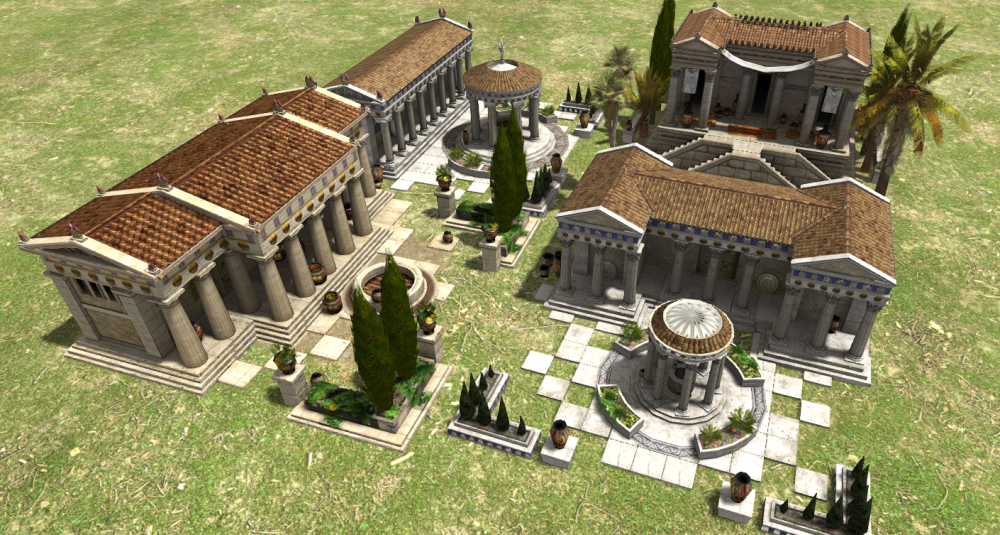
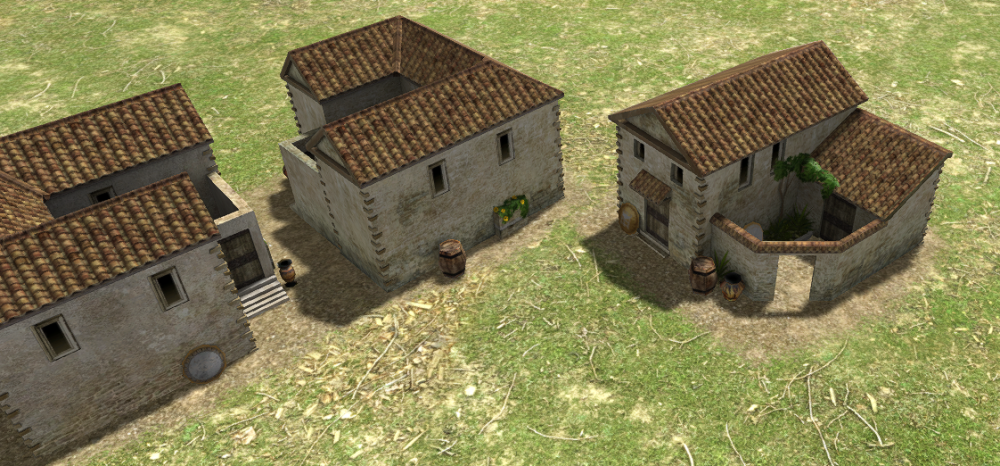
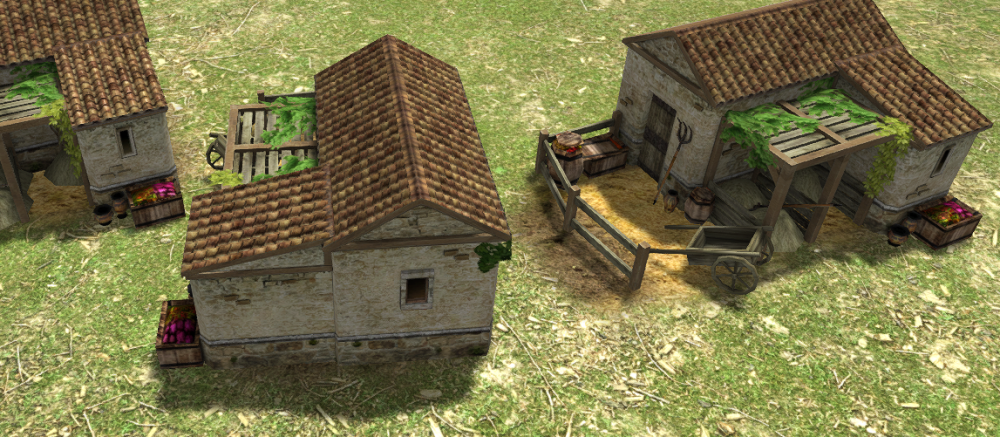
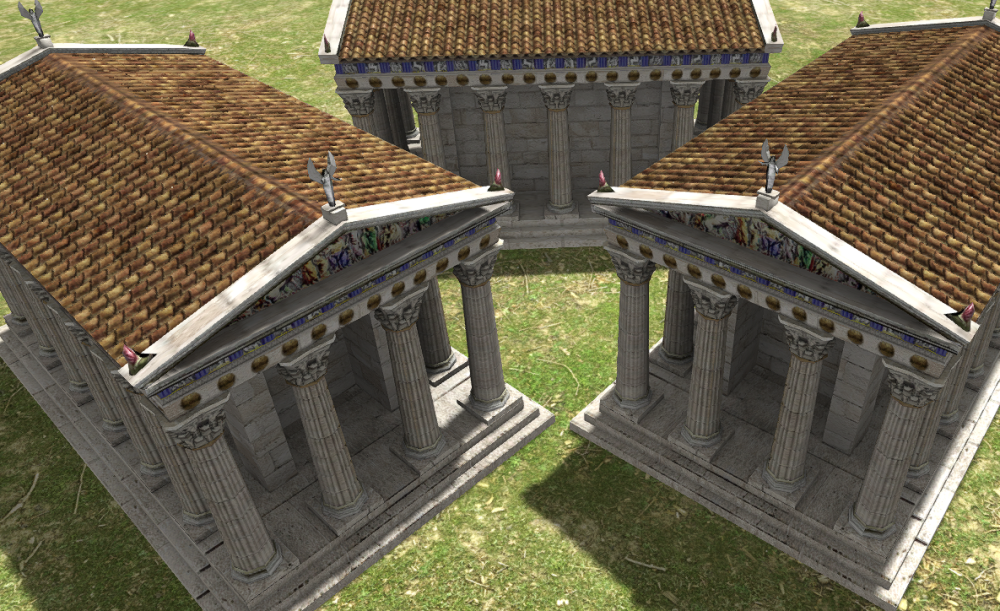
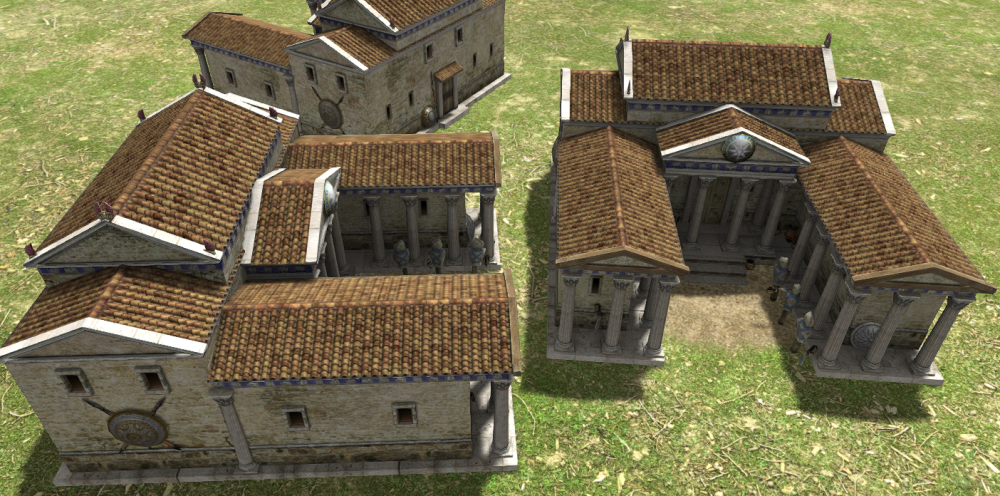
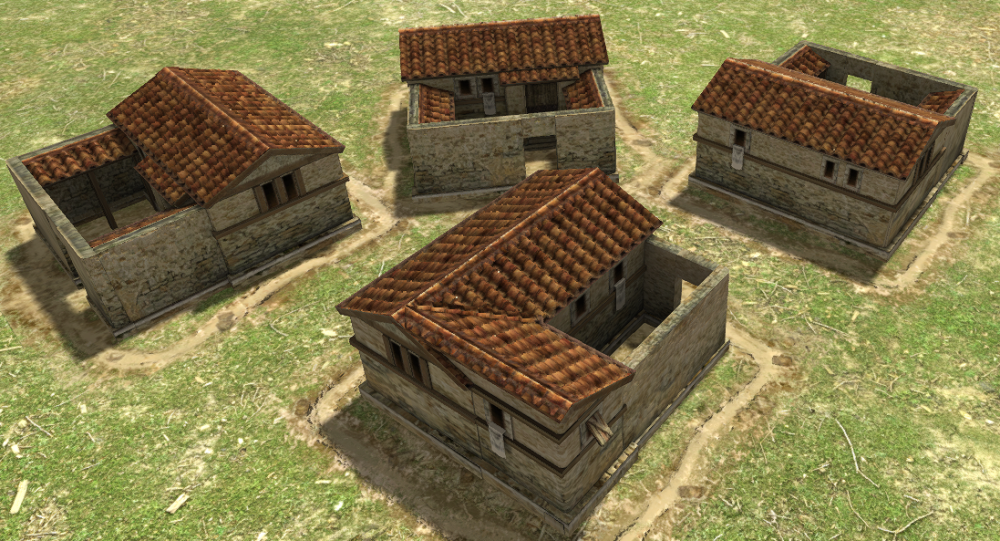
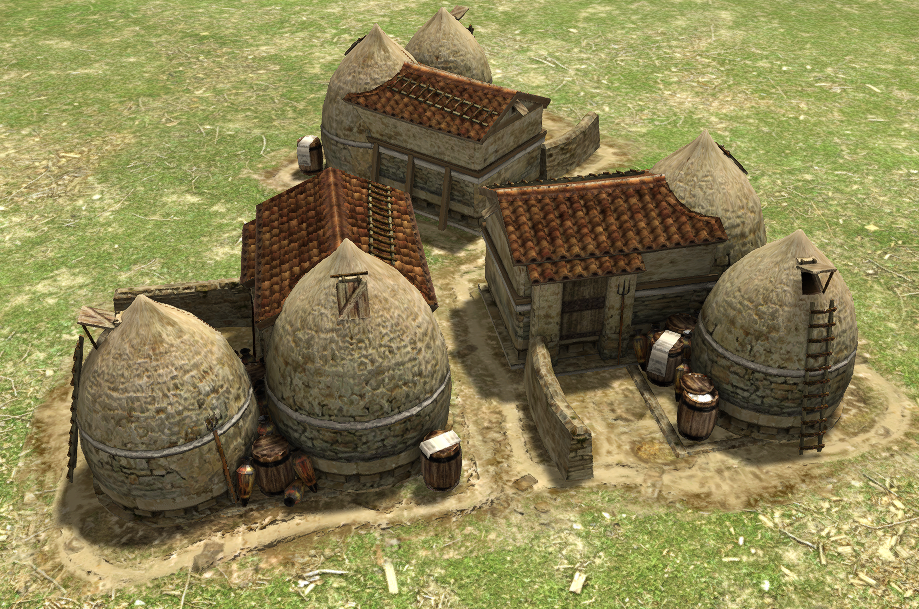
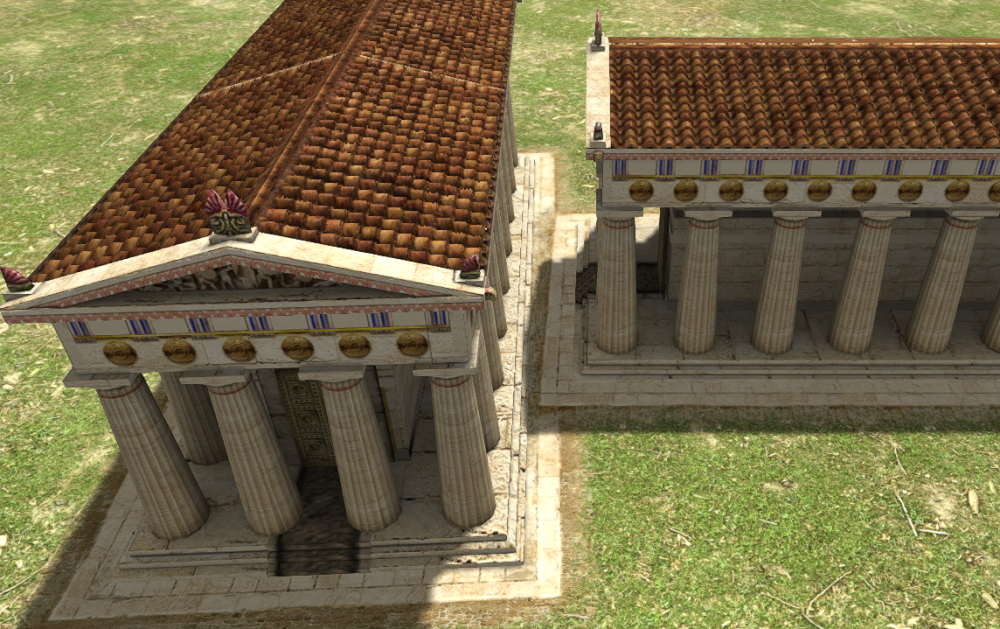
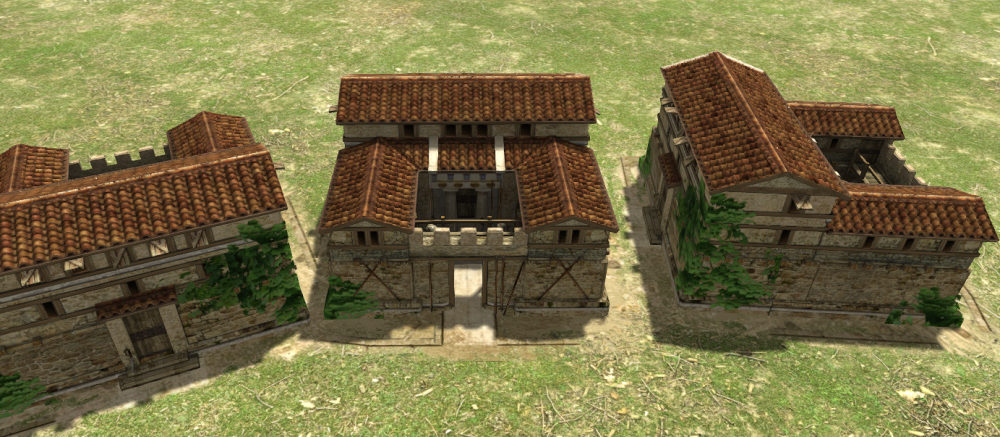
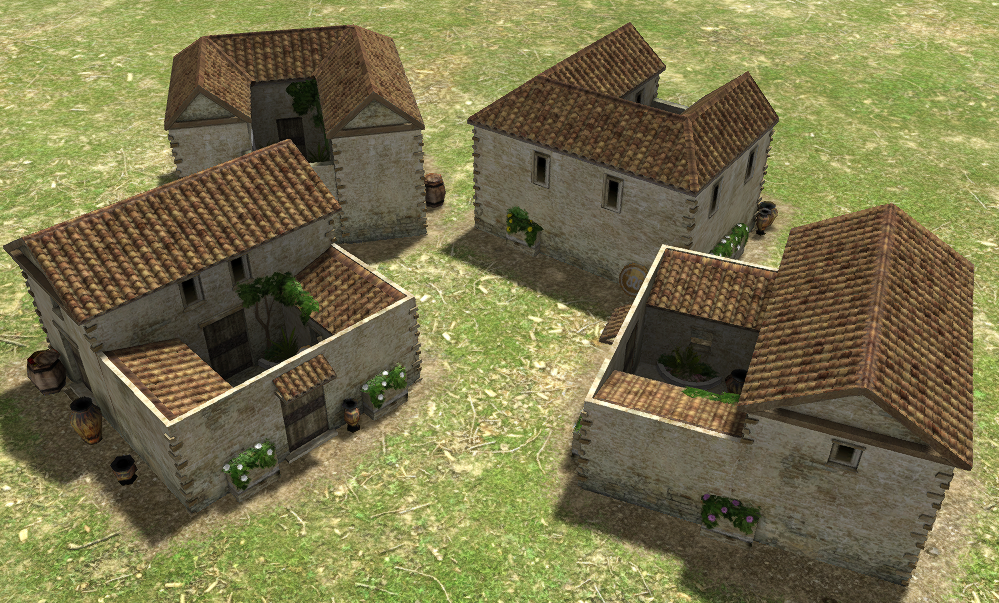
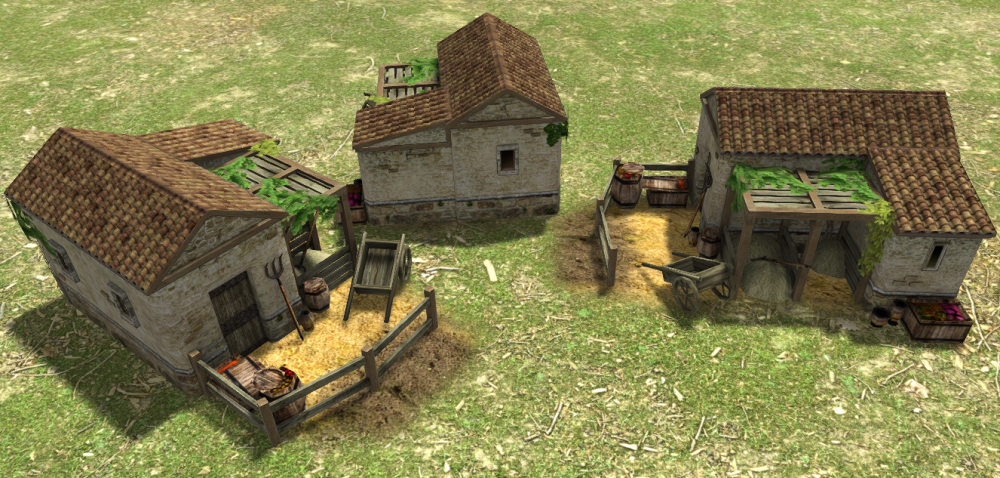

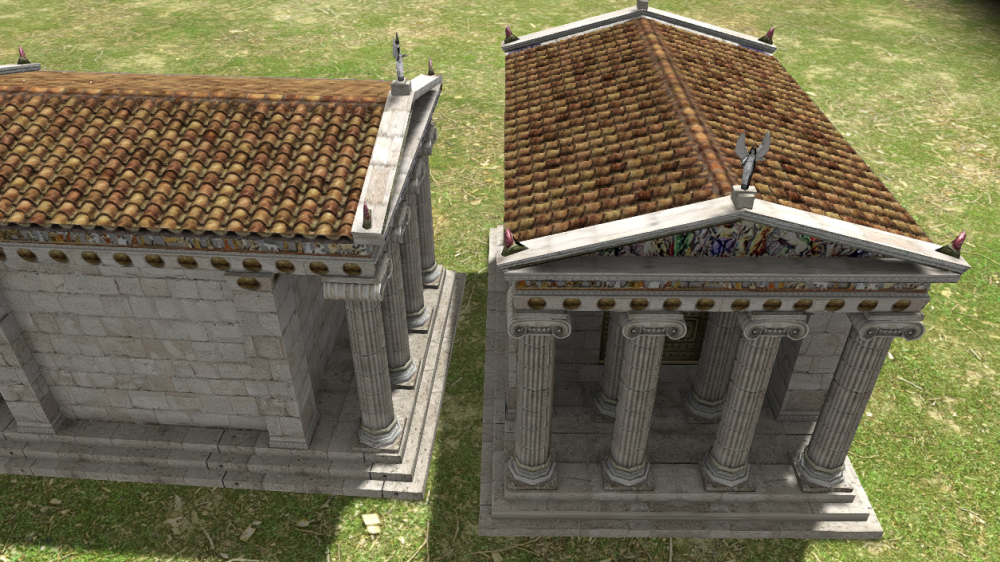
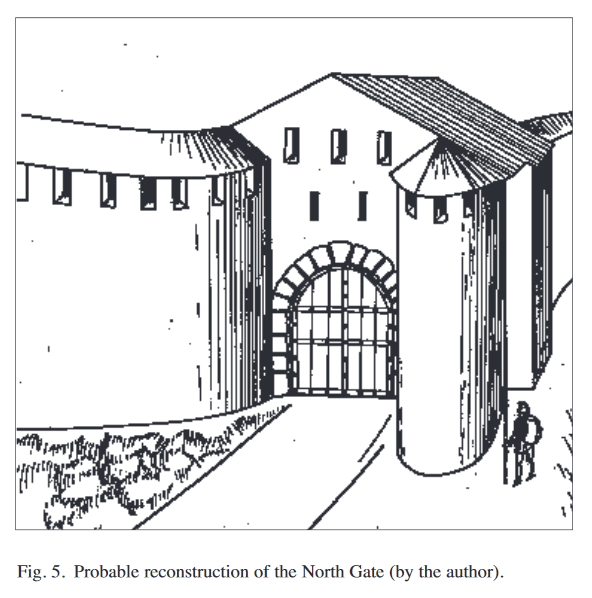
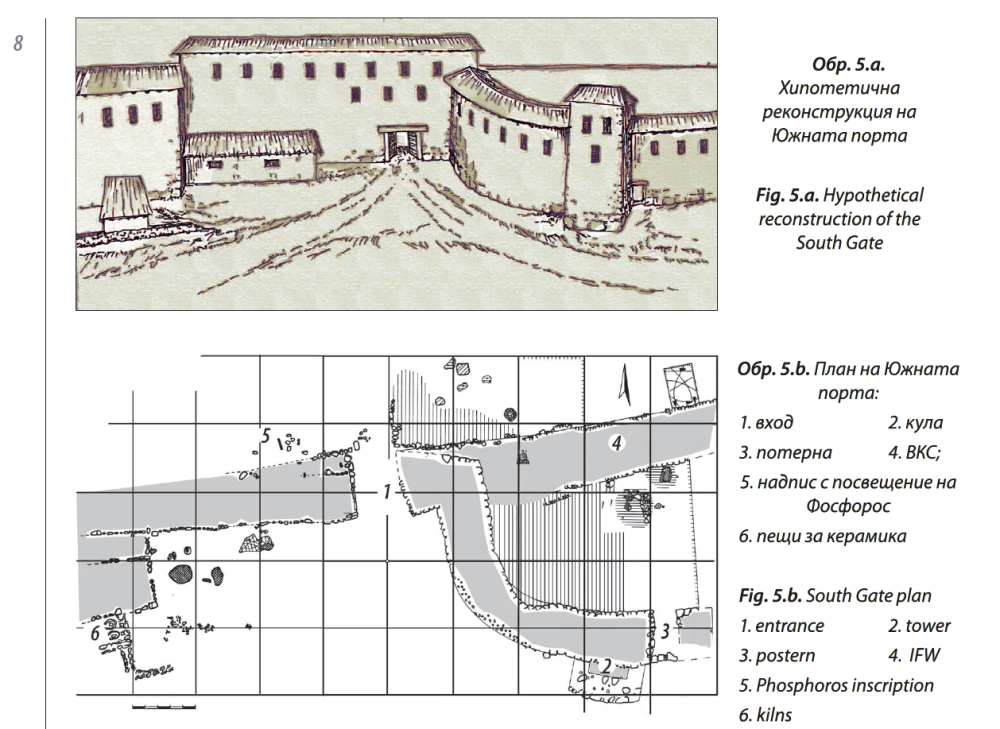
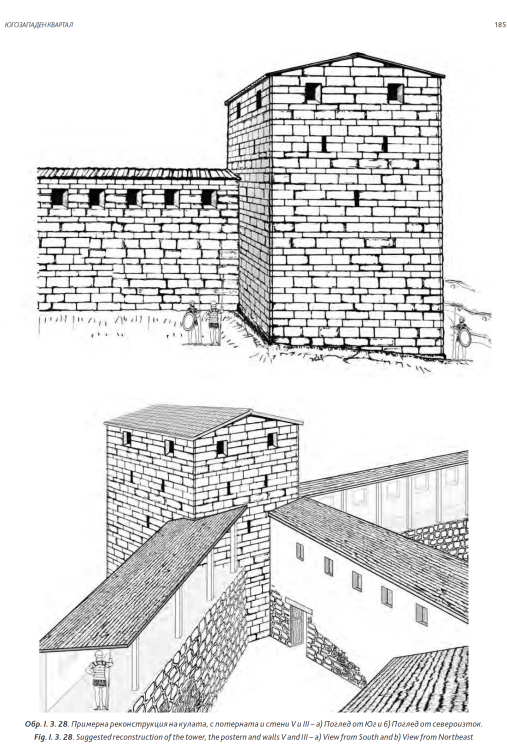
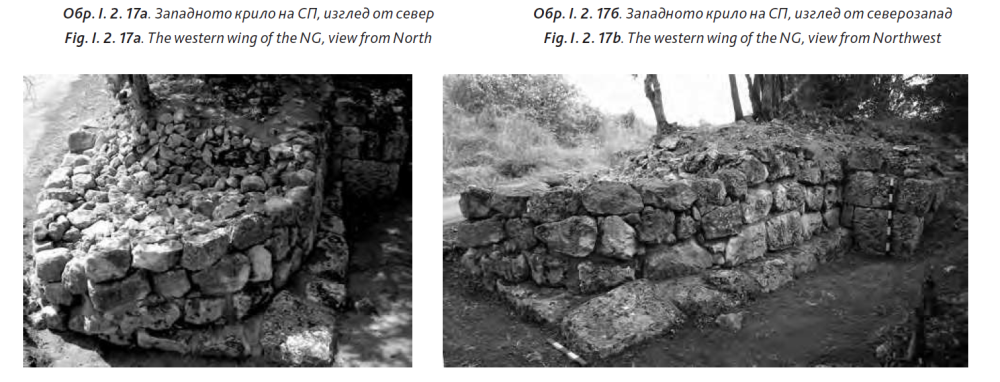
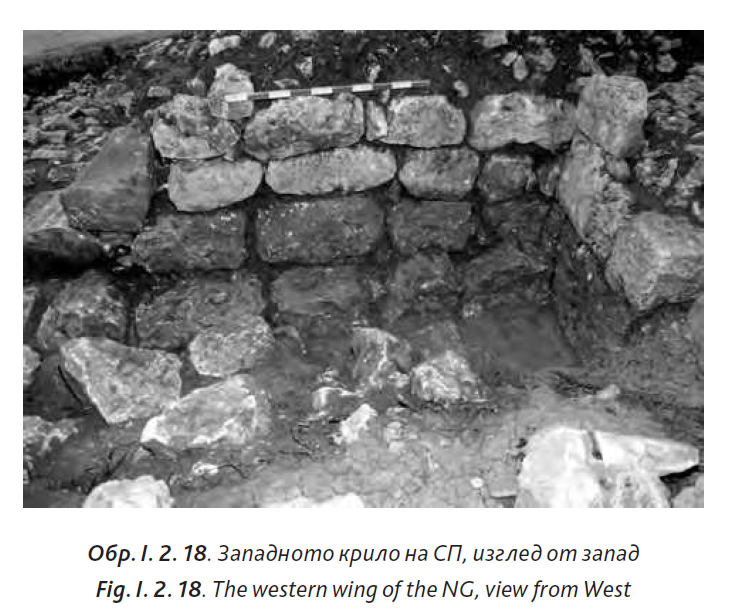
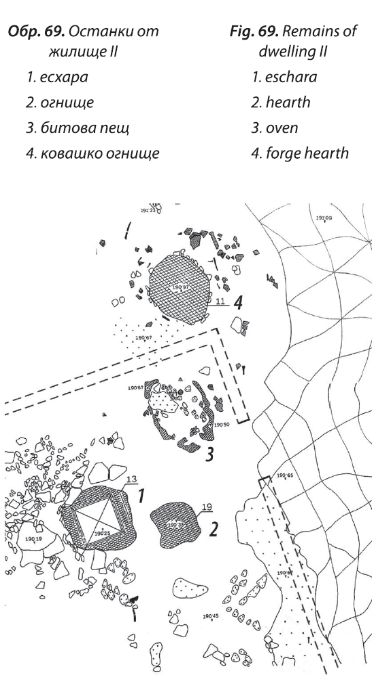
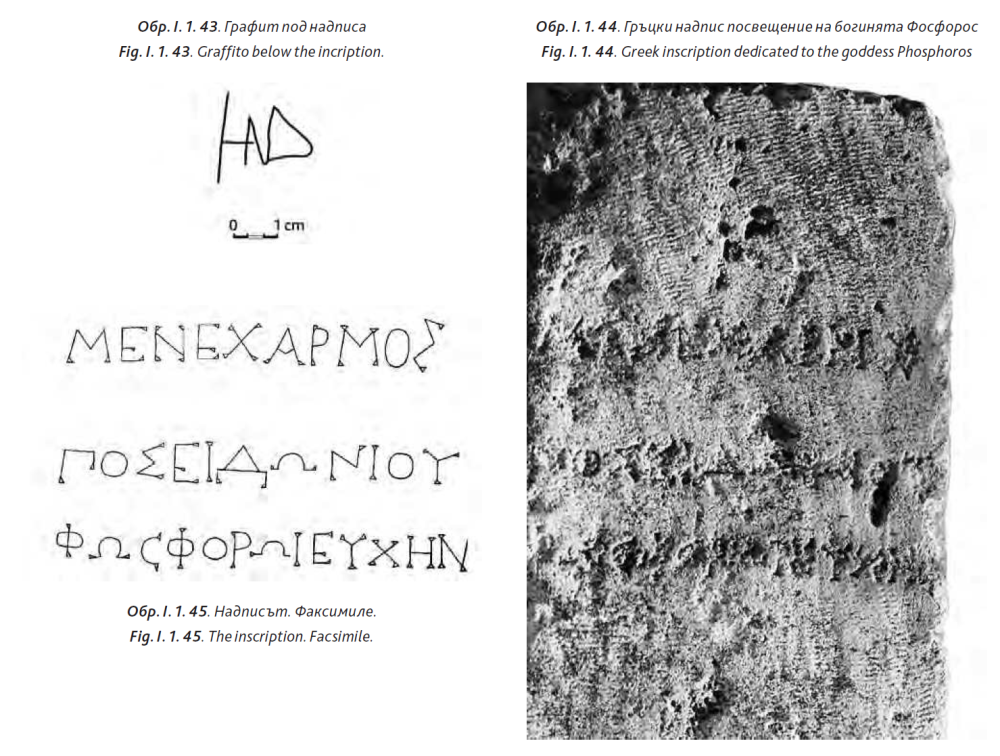
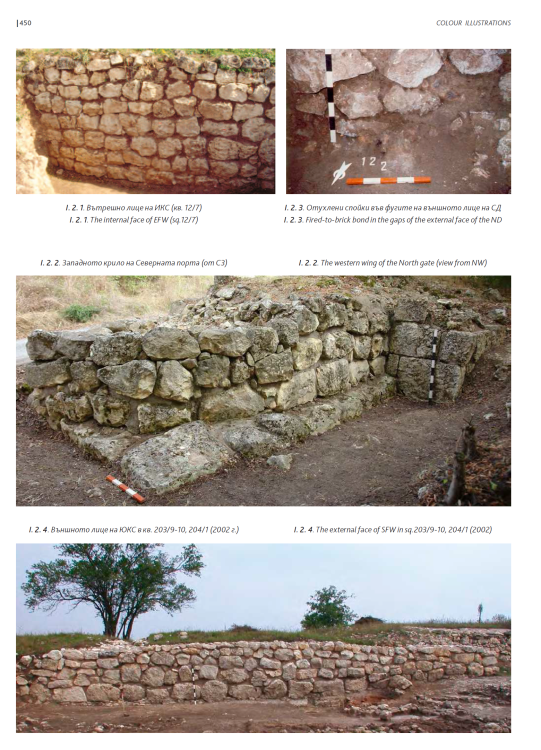
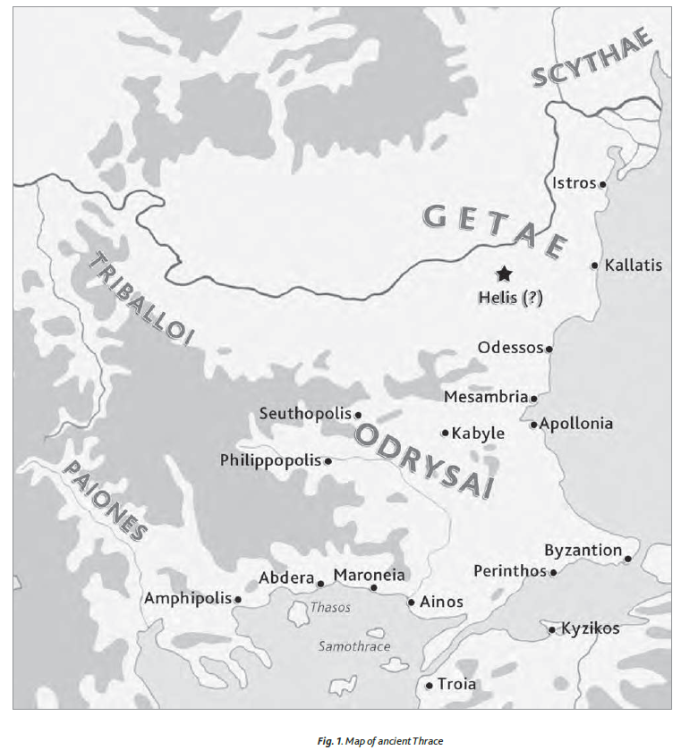
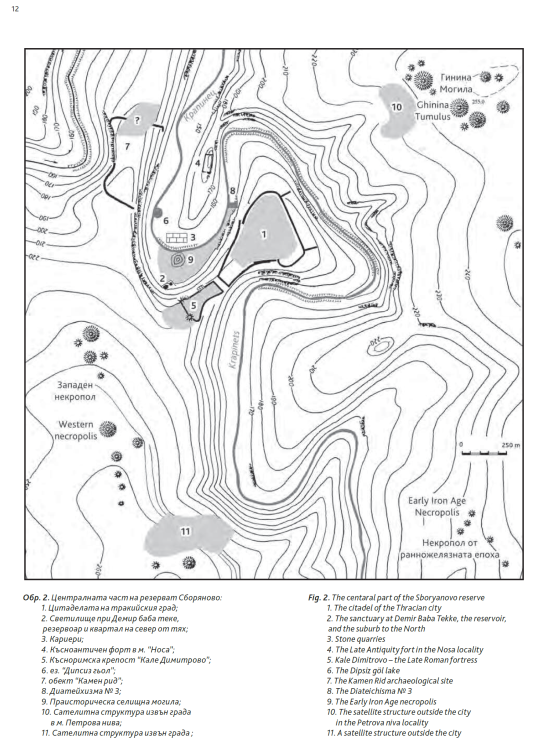
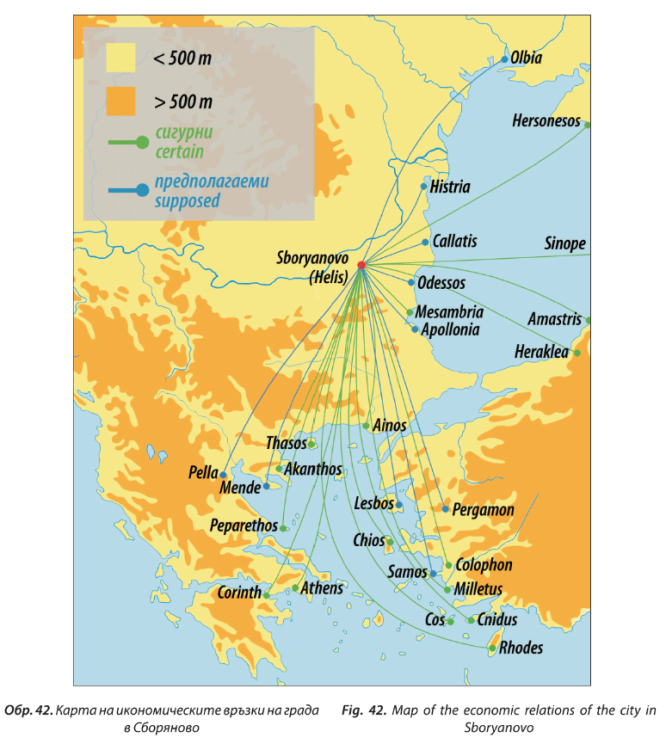
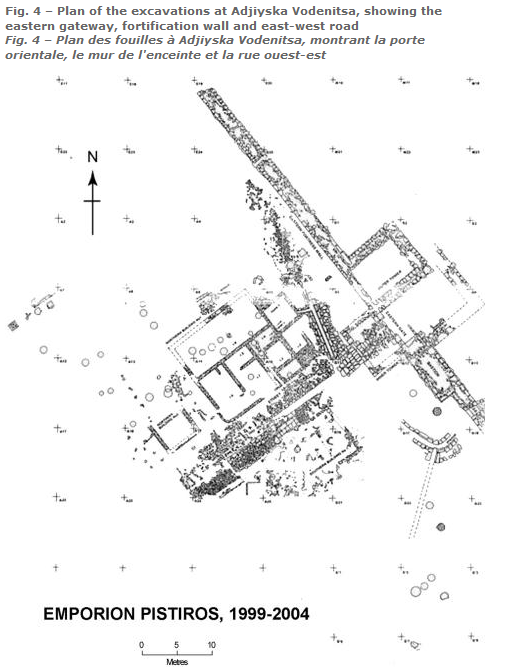
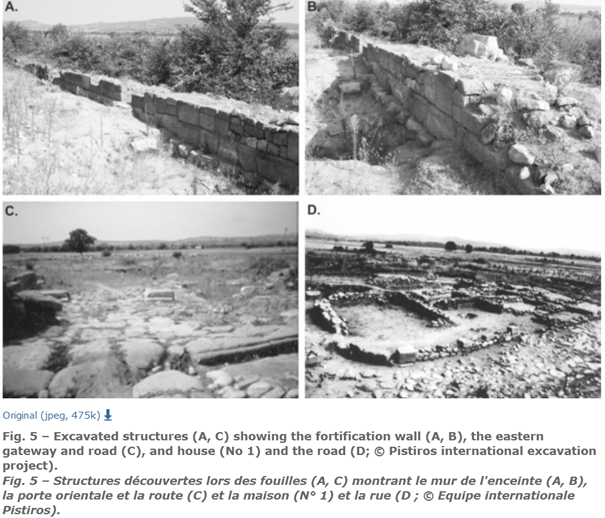
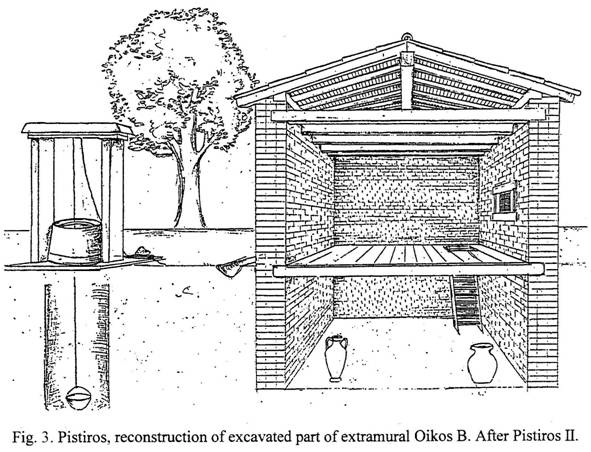
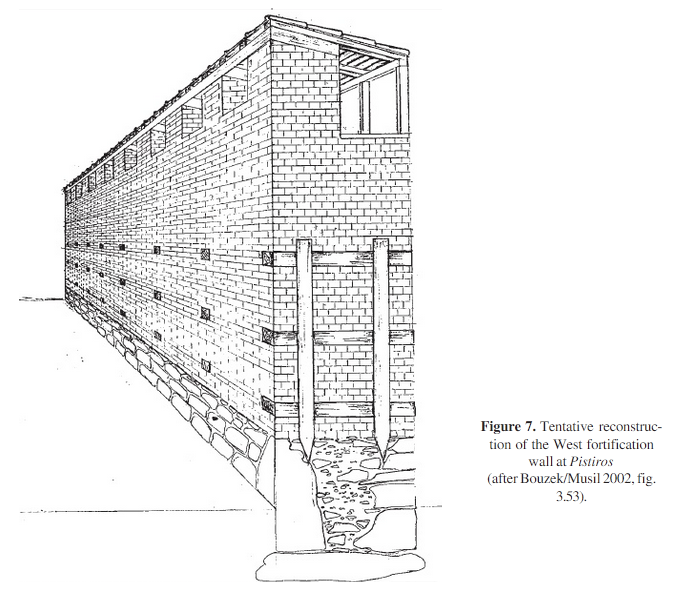
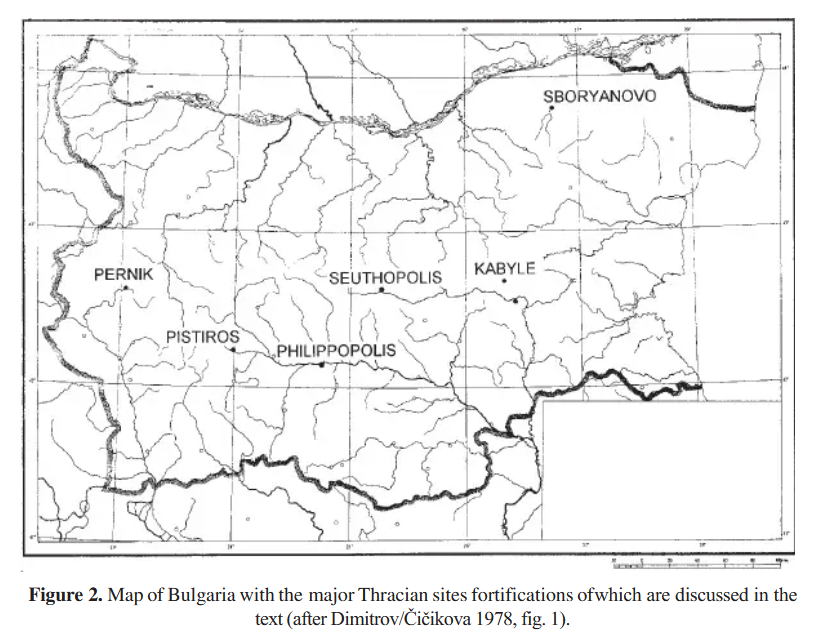
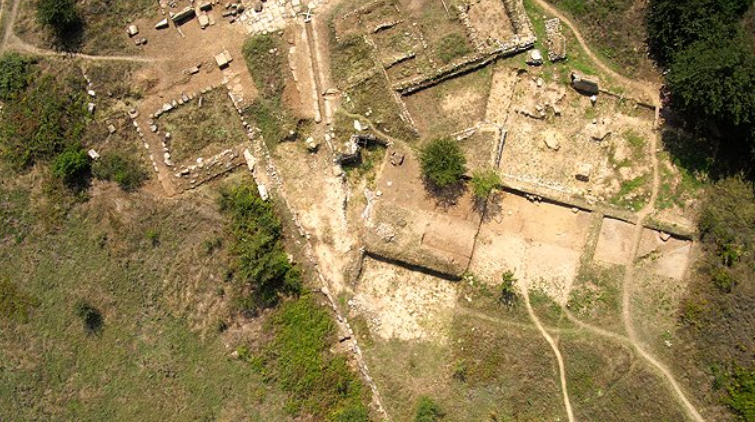
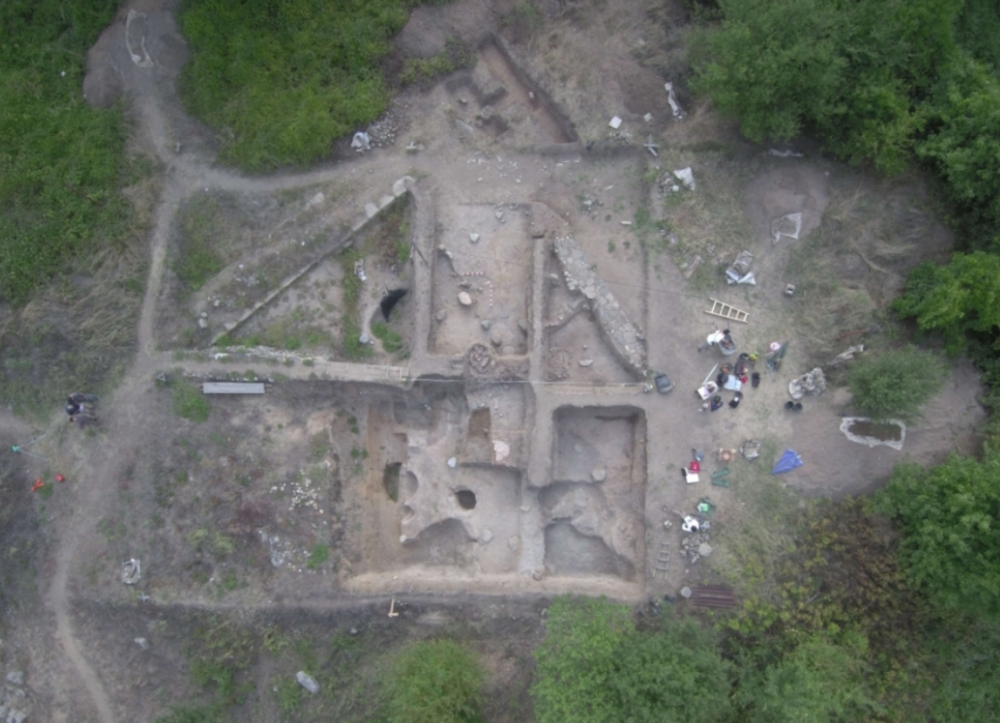
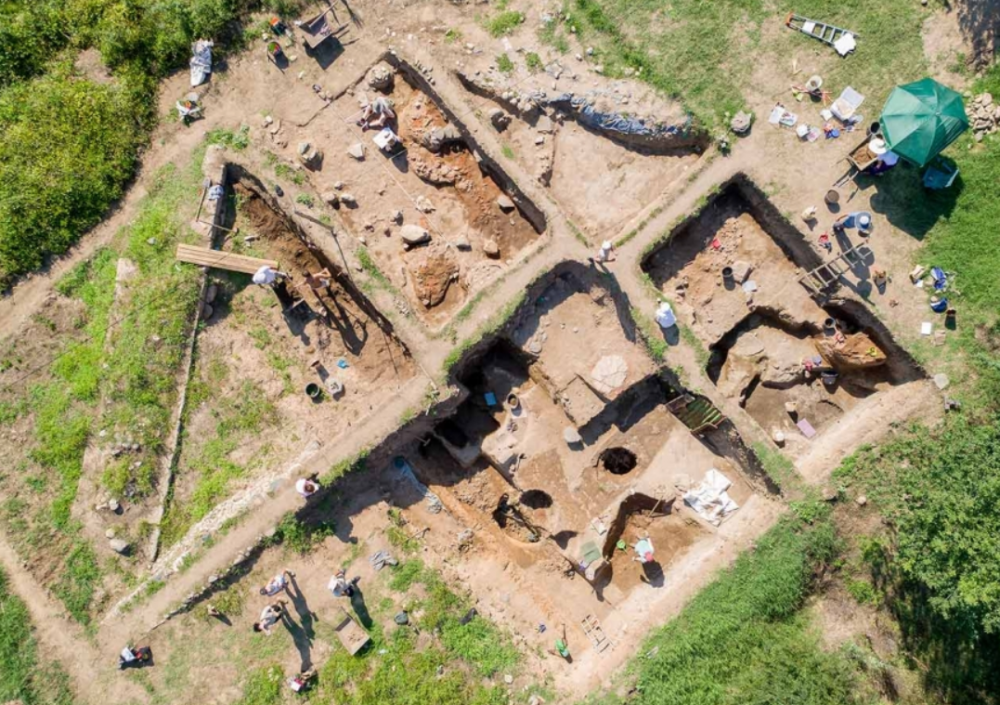
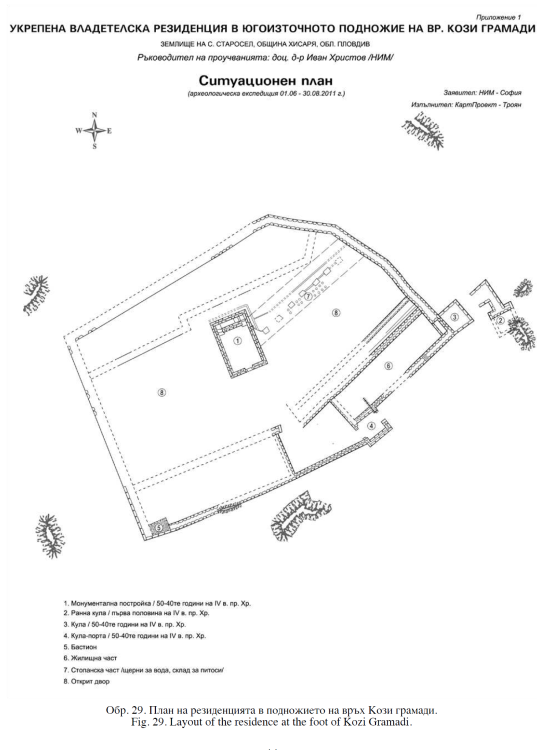
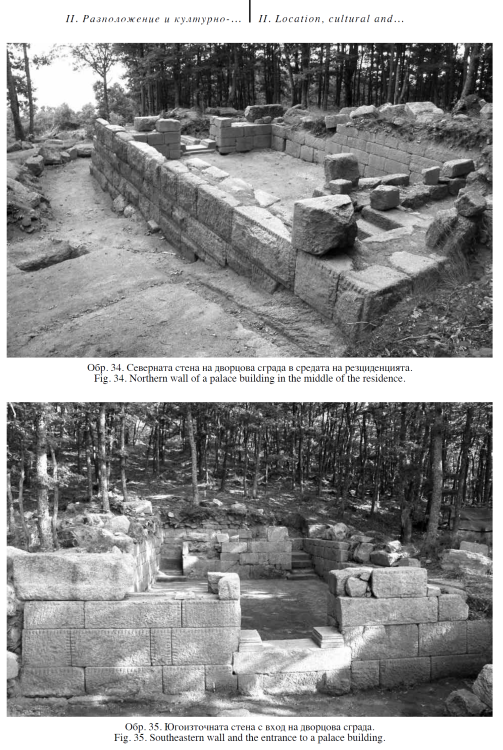
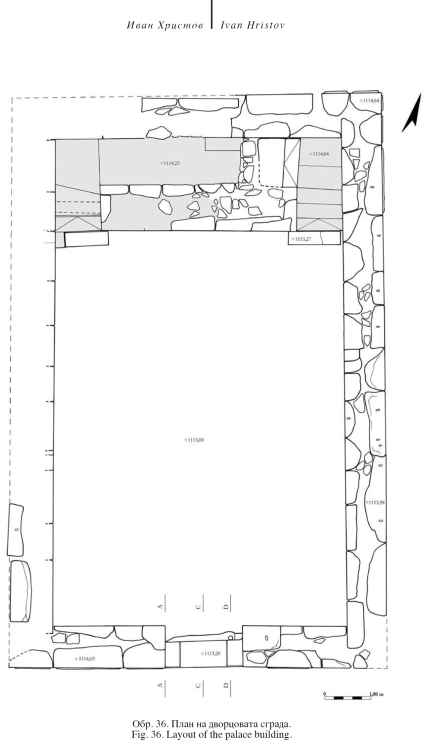
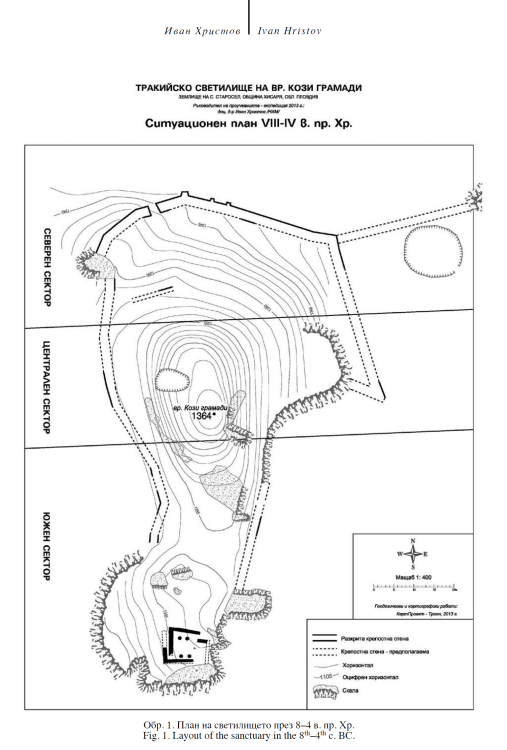
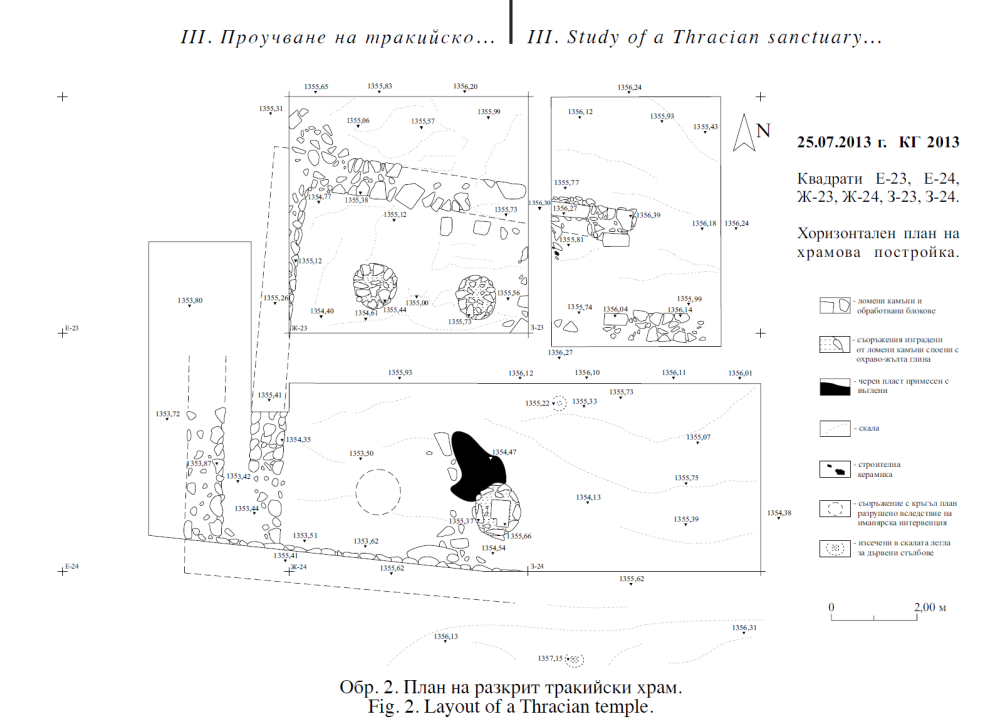
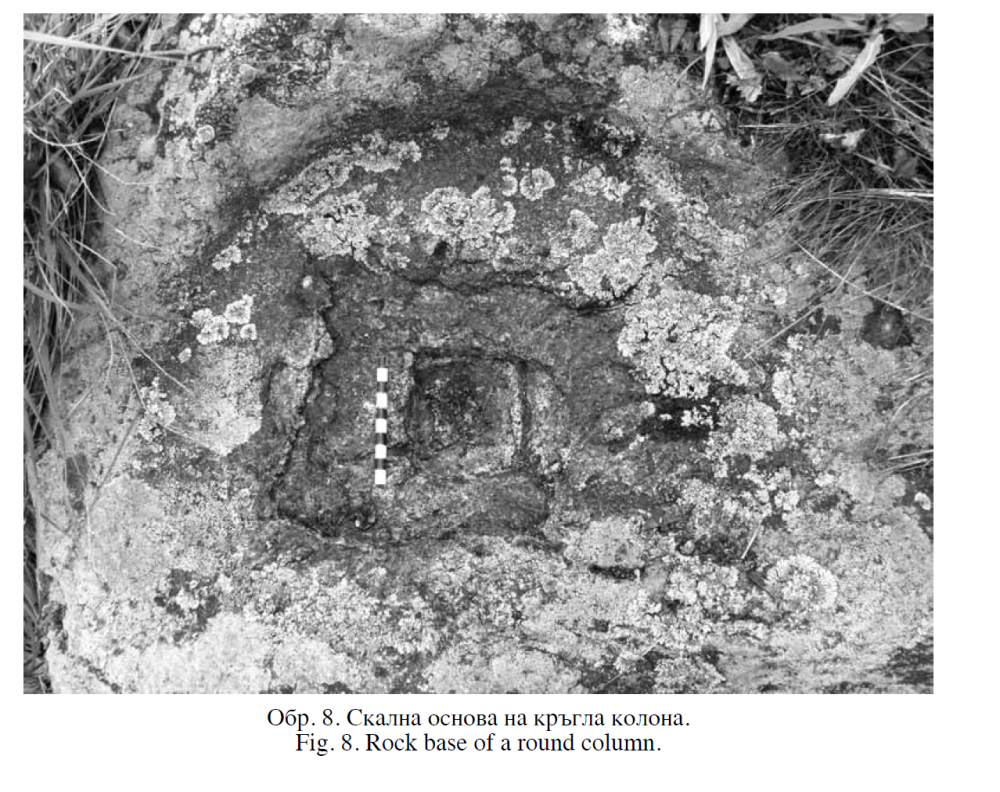
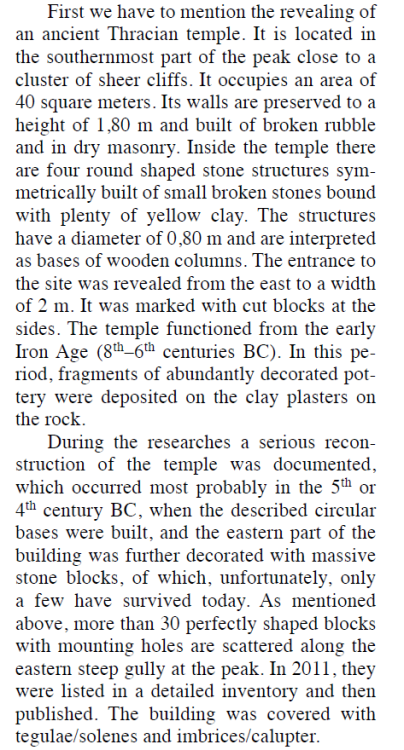
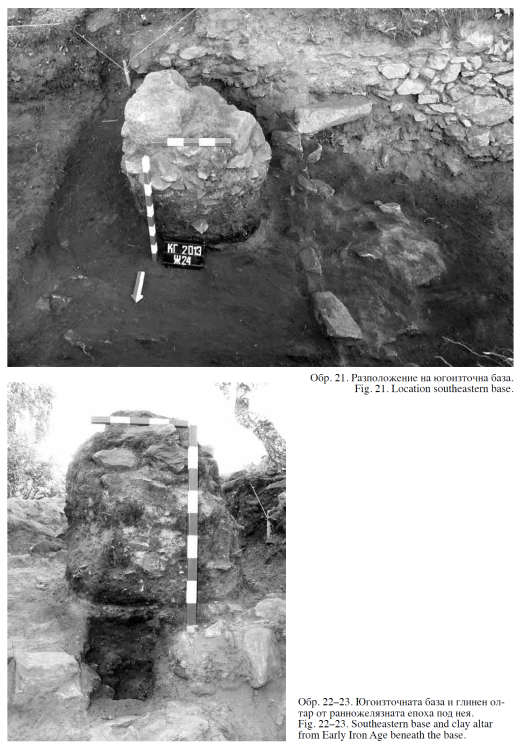
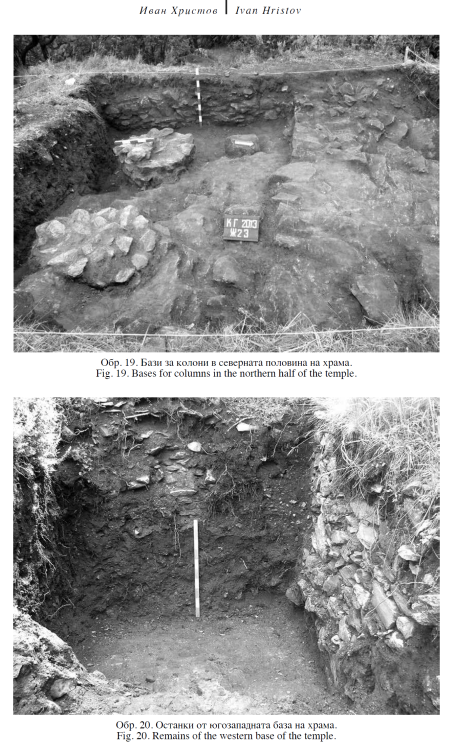
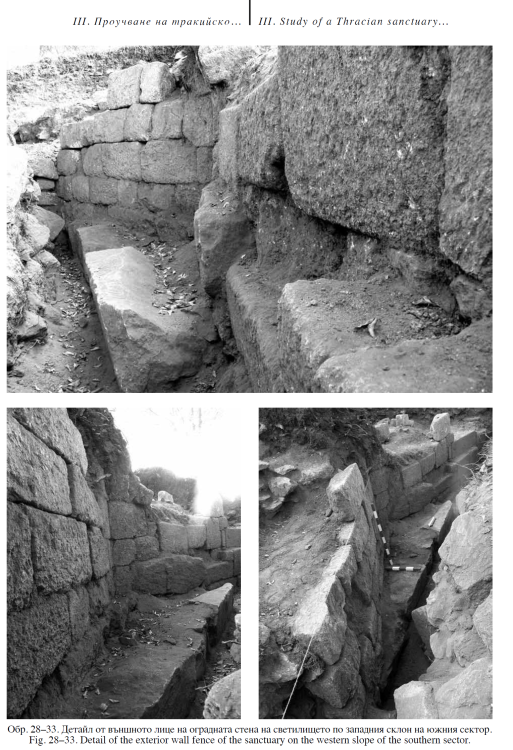
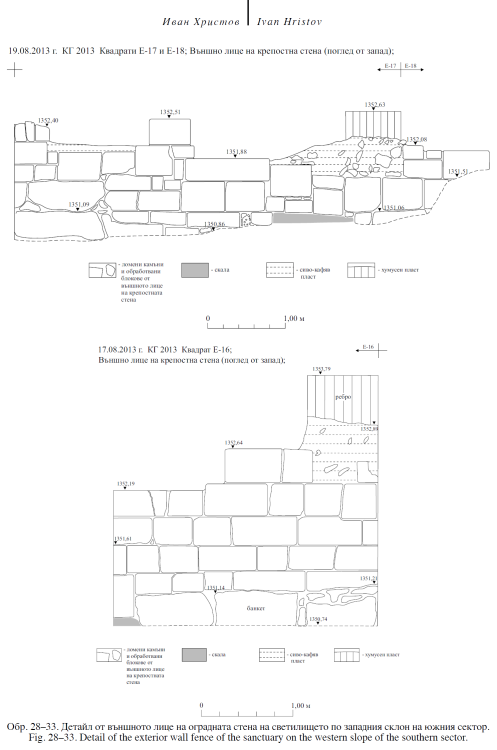
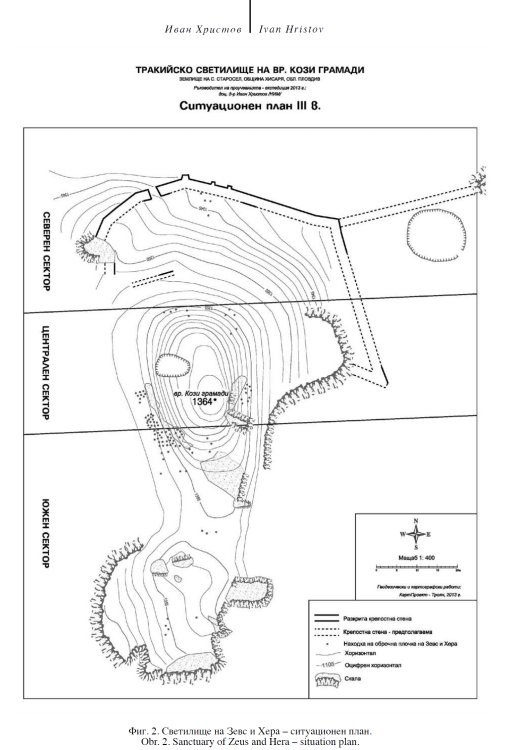
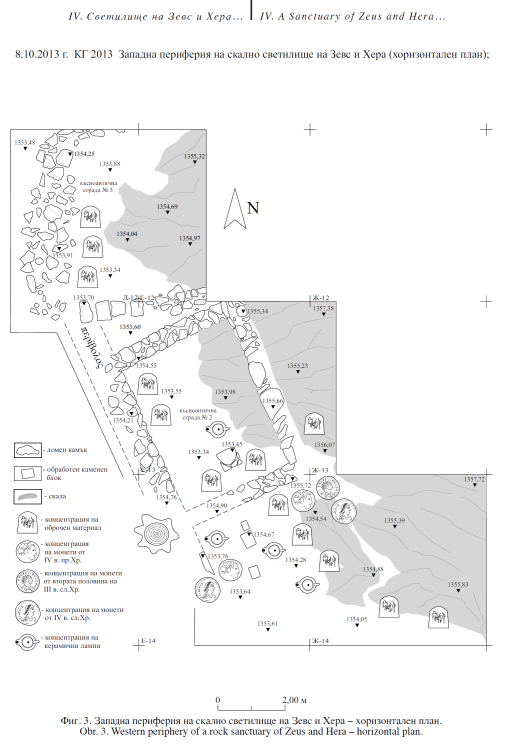
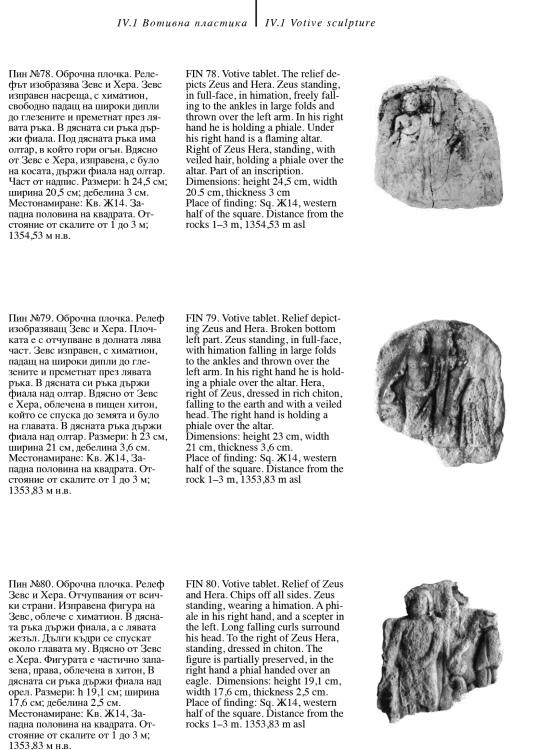
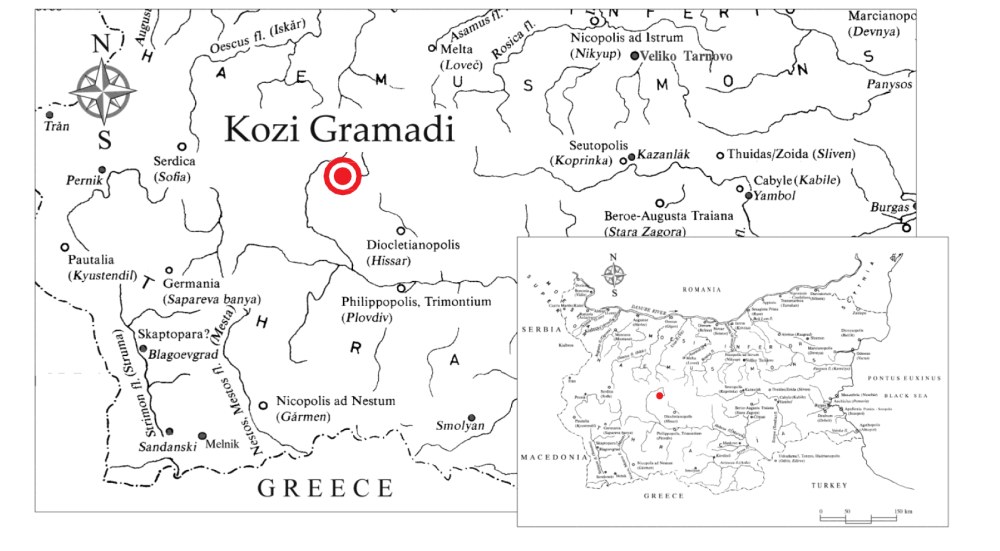
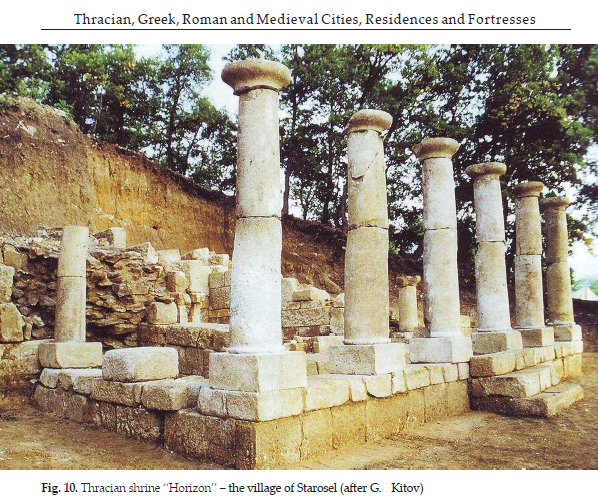
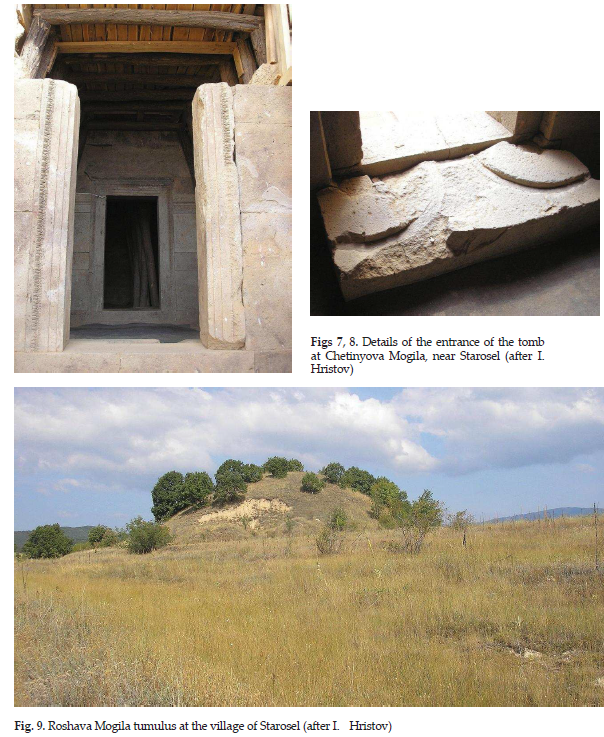
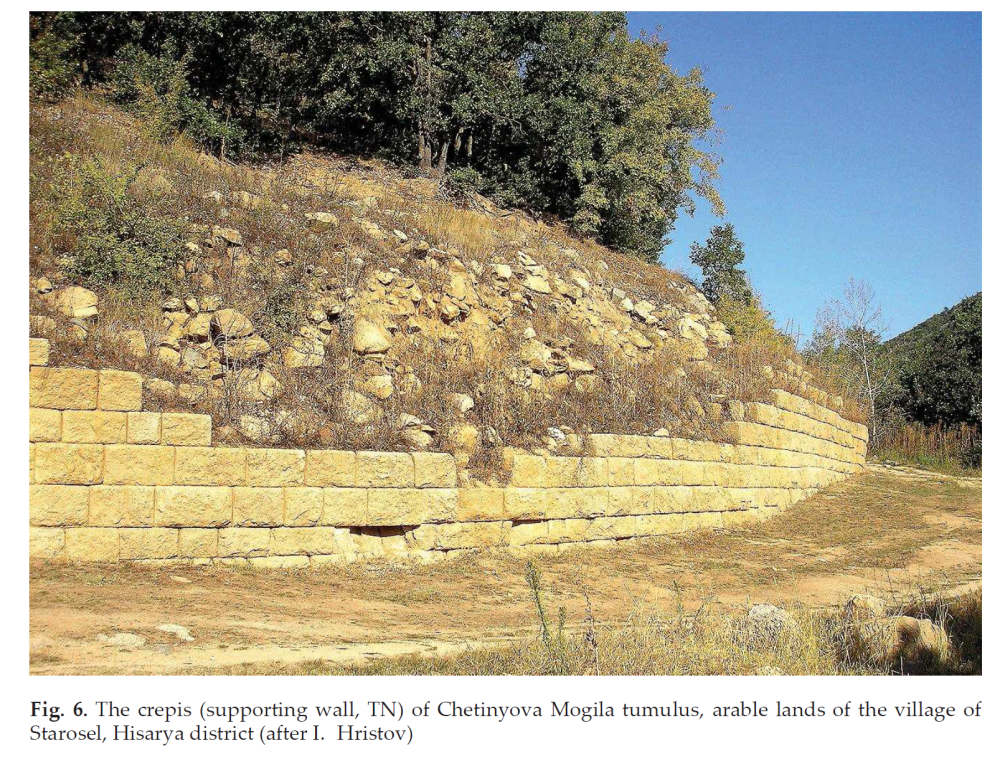
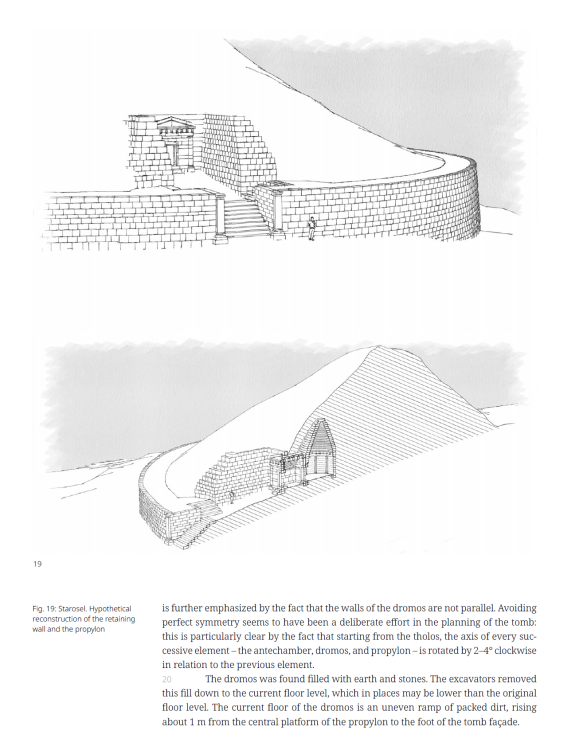
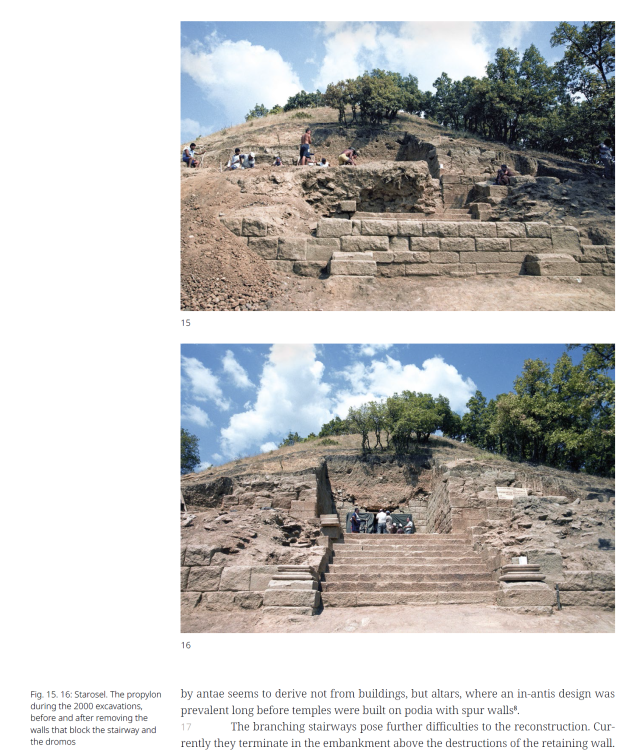
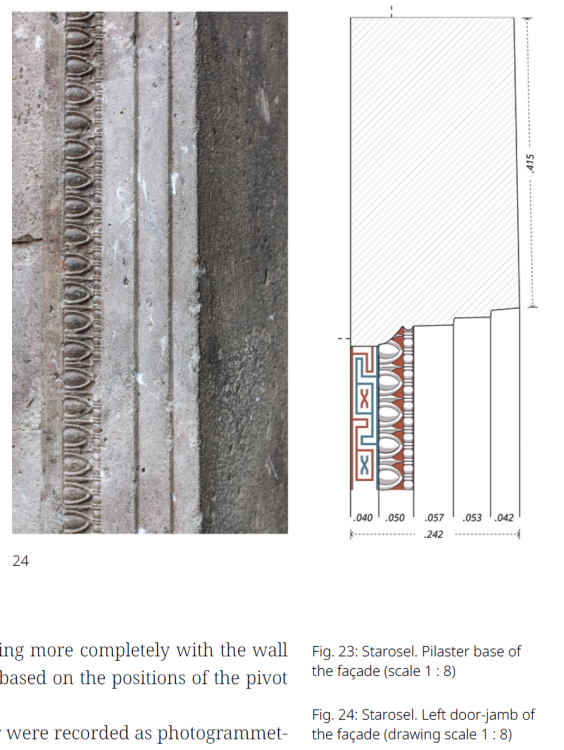
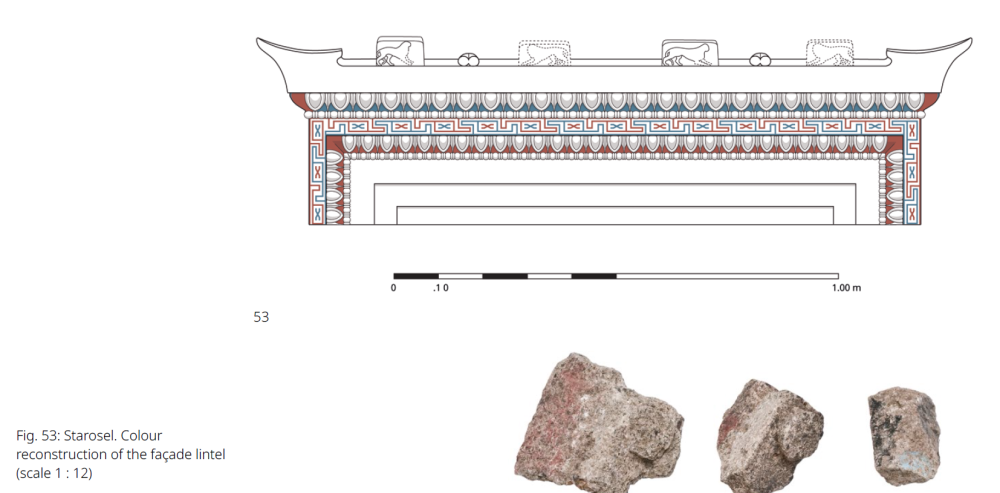
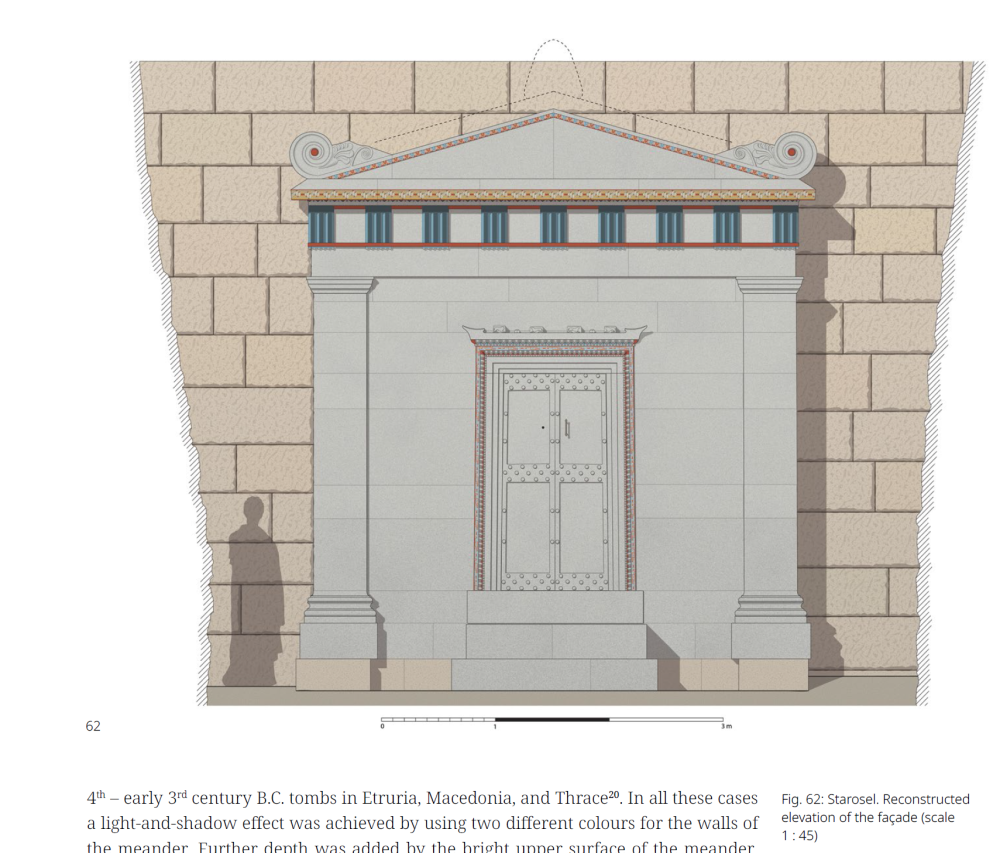
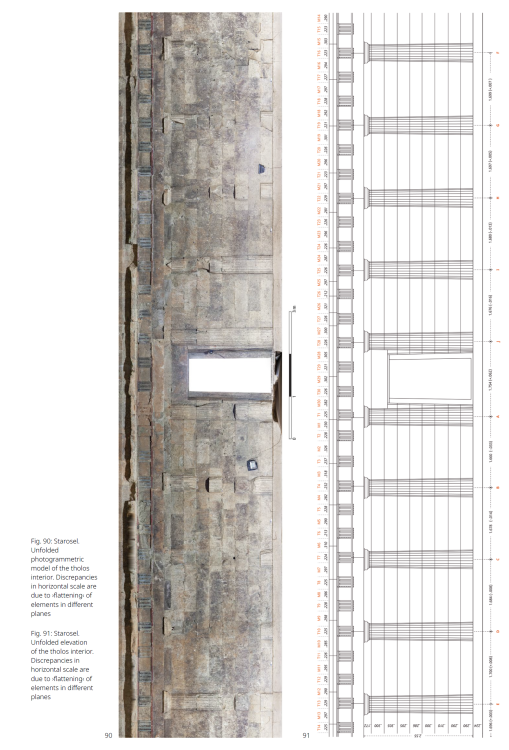
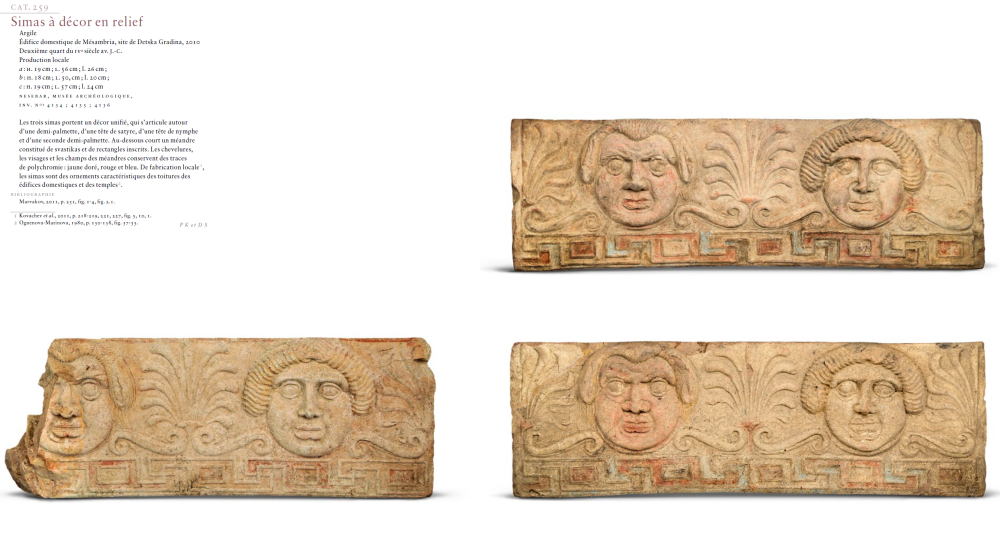
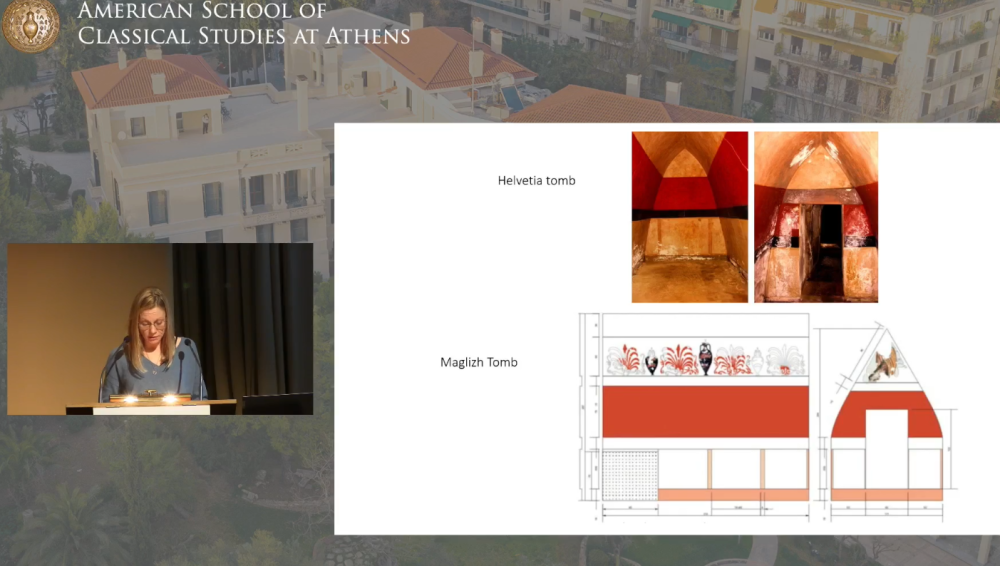
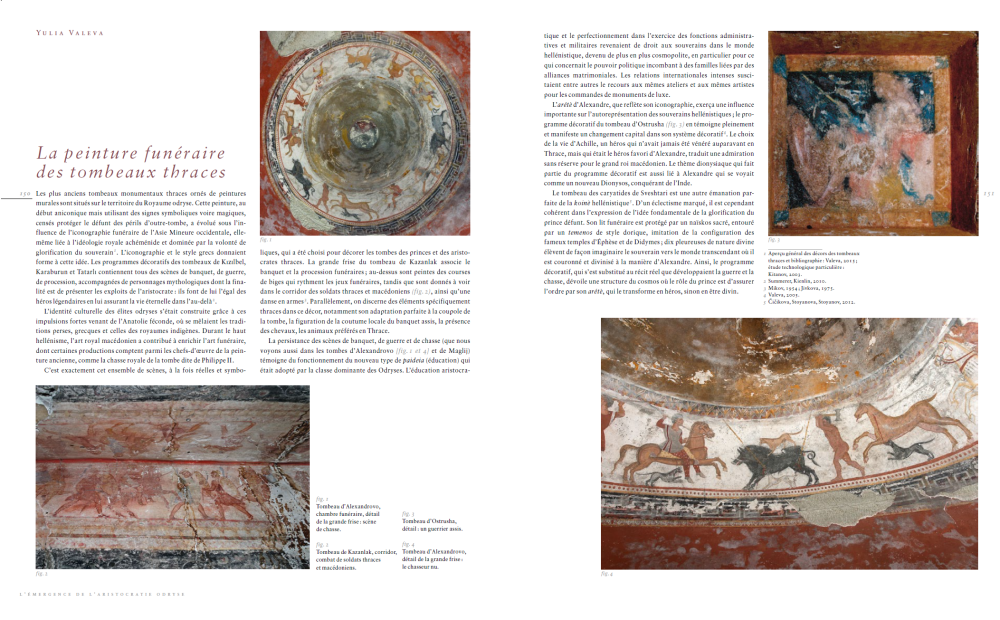
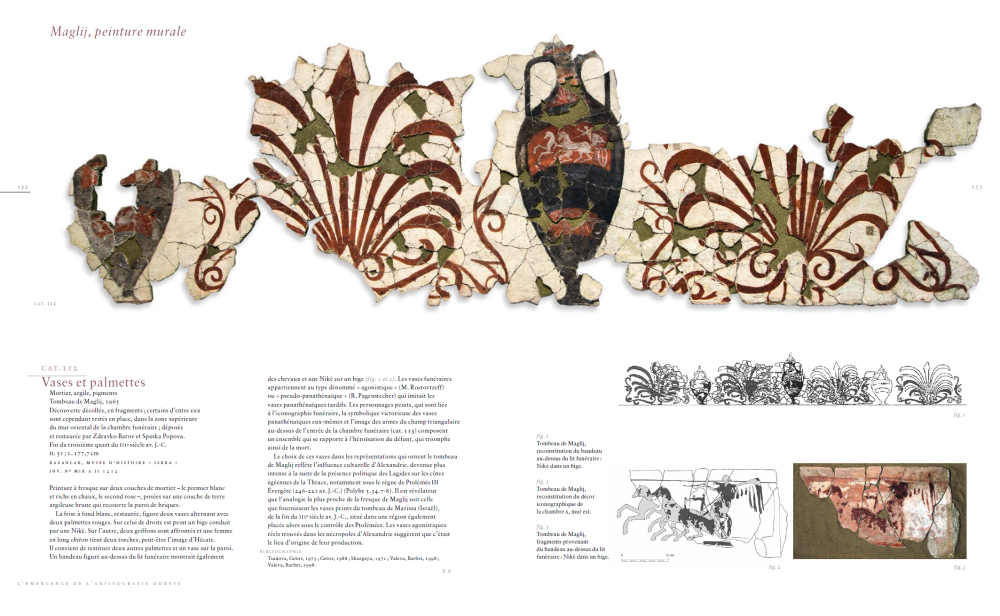
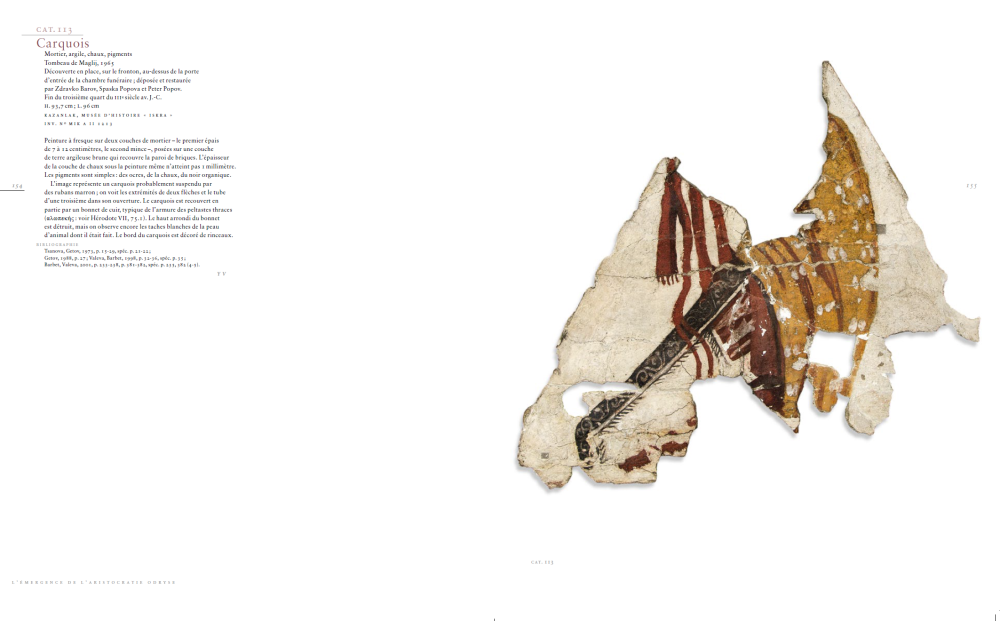
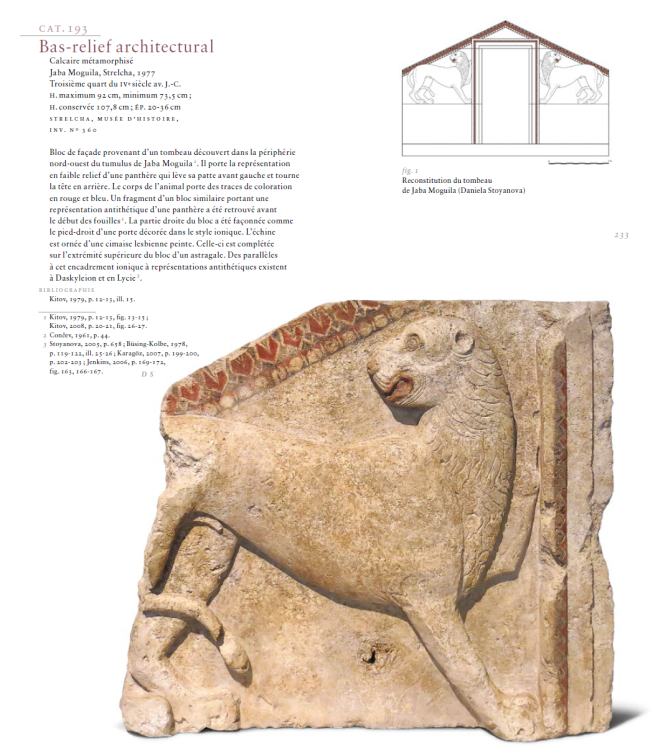
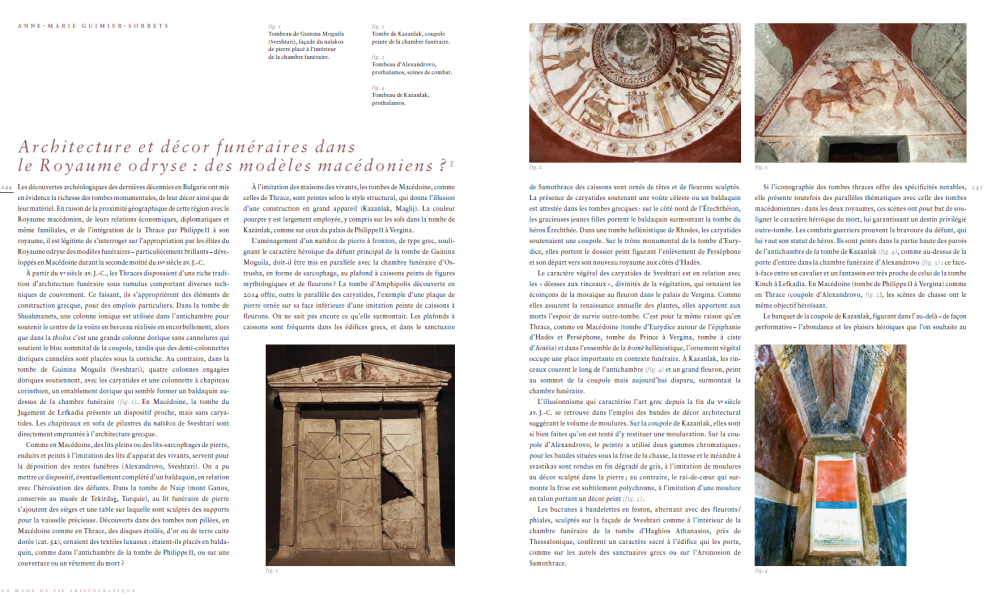
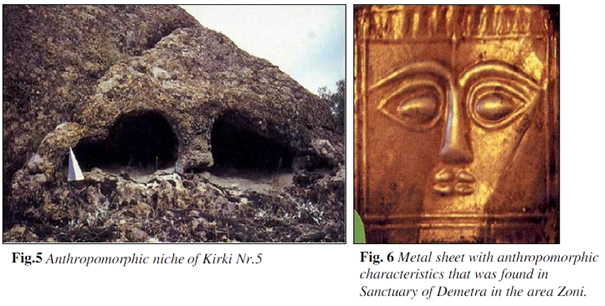
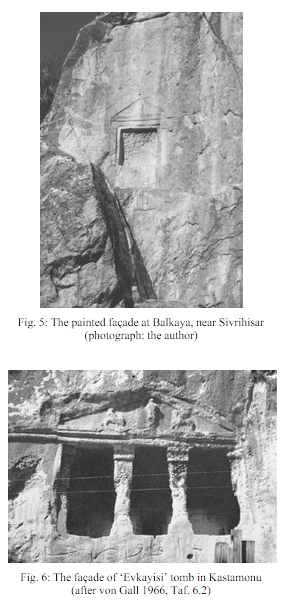
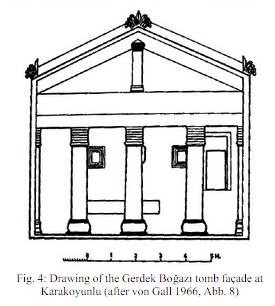
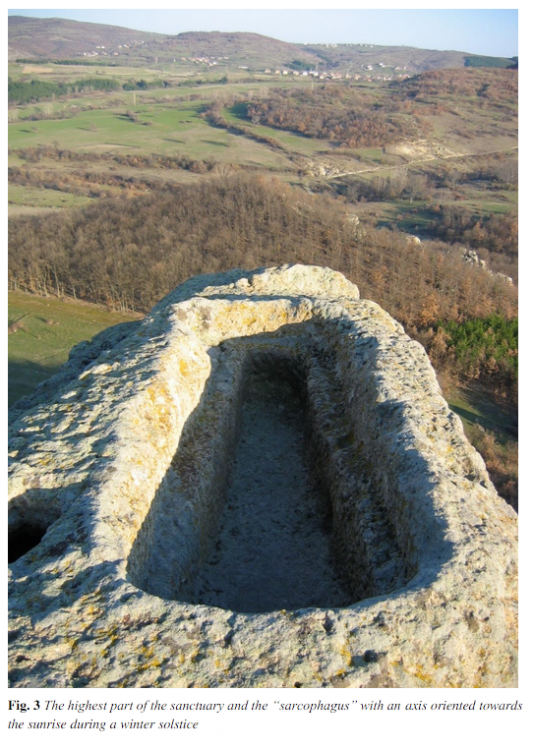
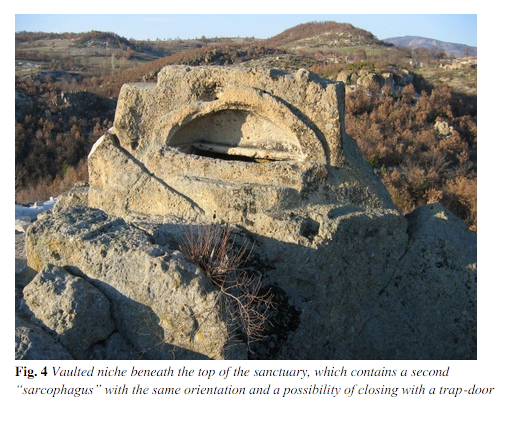
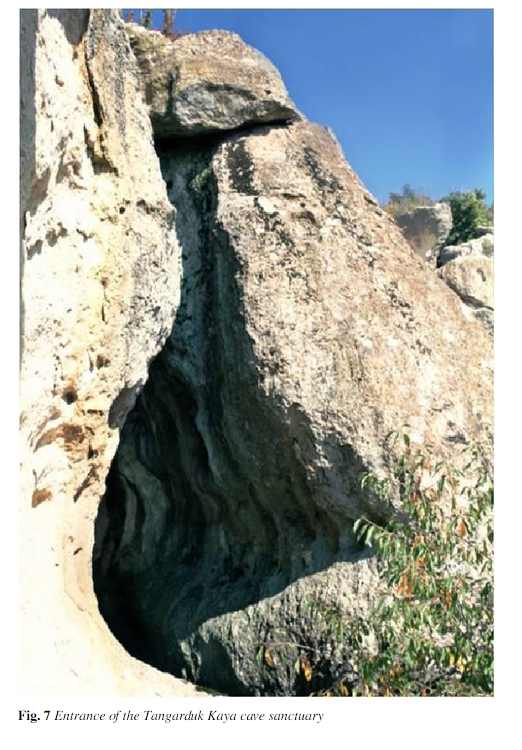
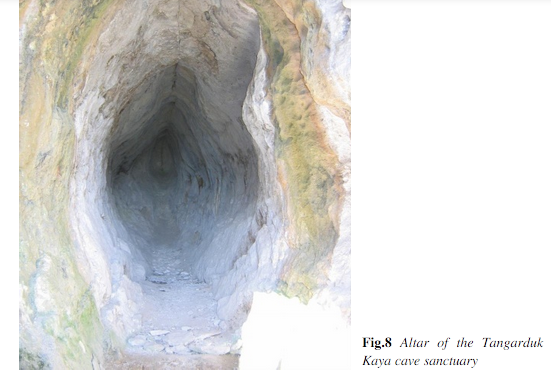
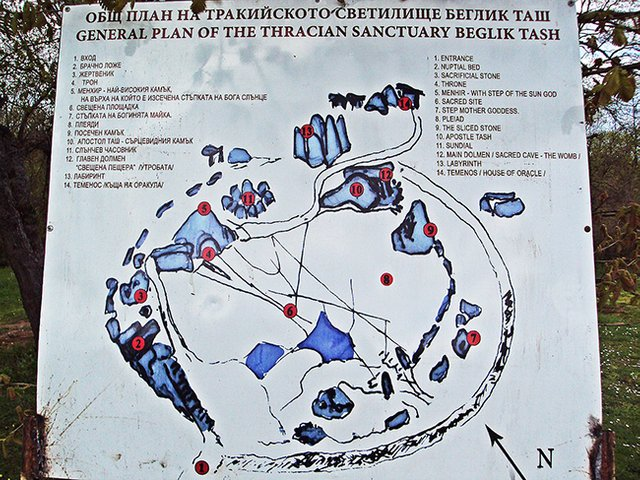
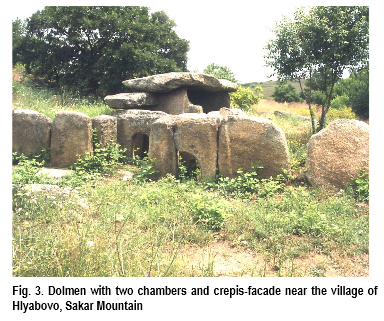
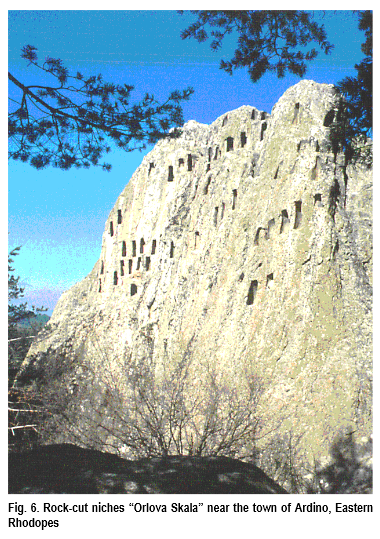
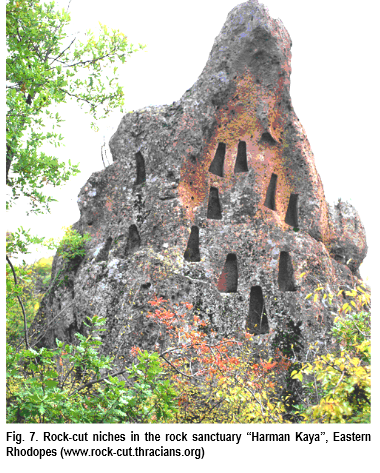
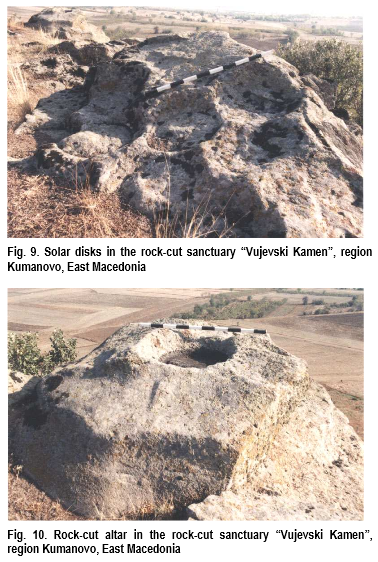
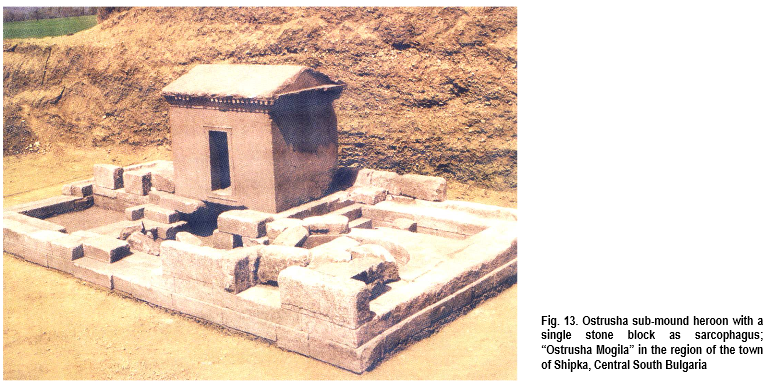
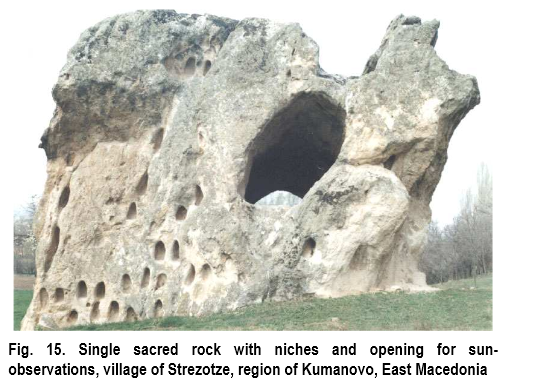
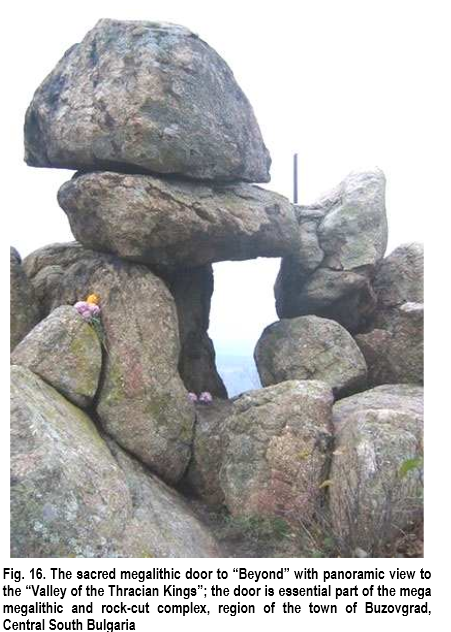
Other strategy games not RTS.
in Introductions & Off-Topic Discussion
Posted
yeah, the threshold of 100 factions will be crossed before summer I think lol